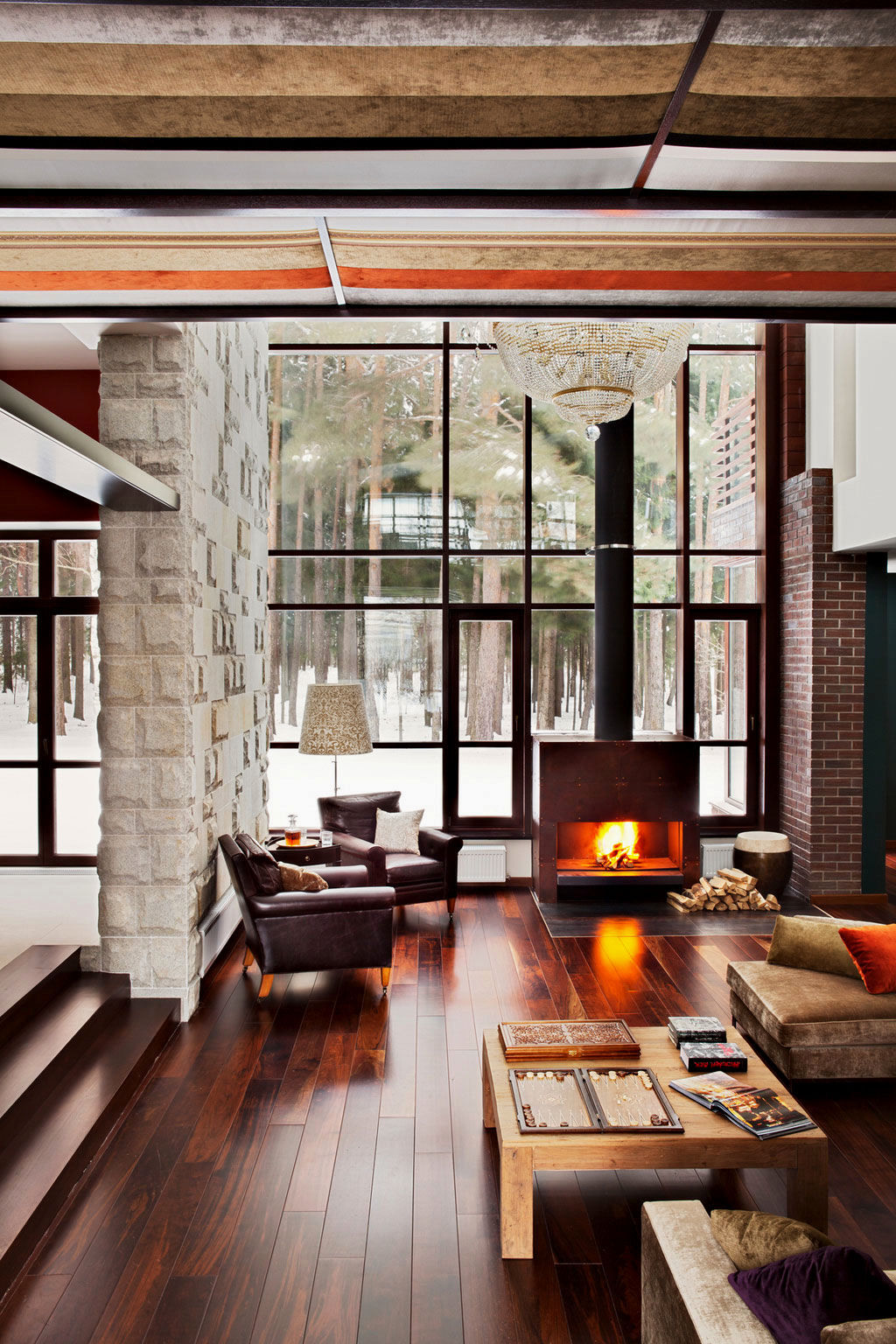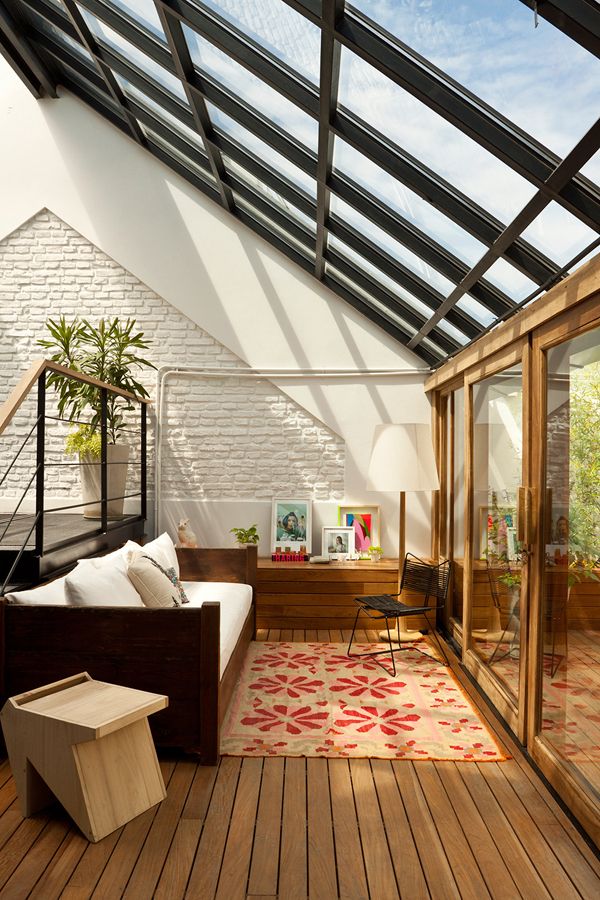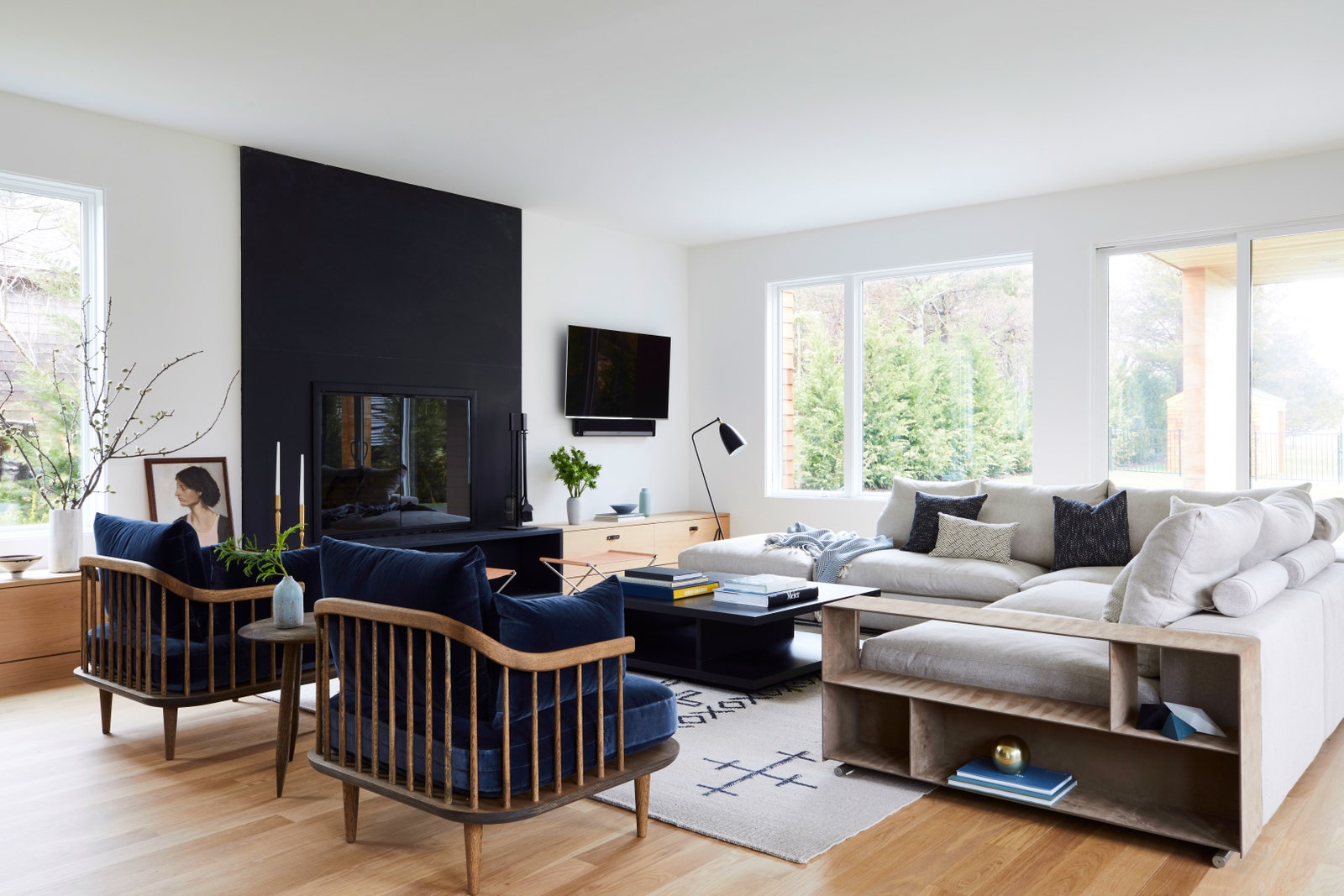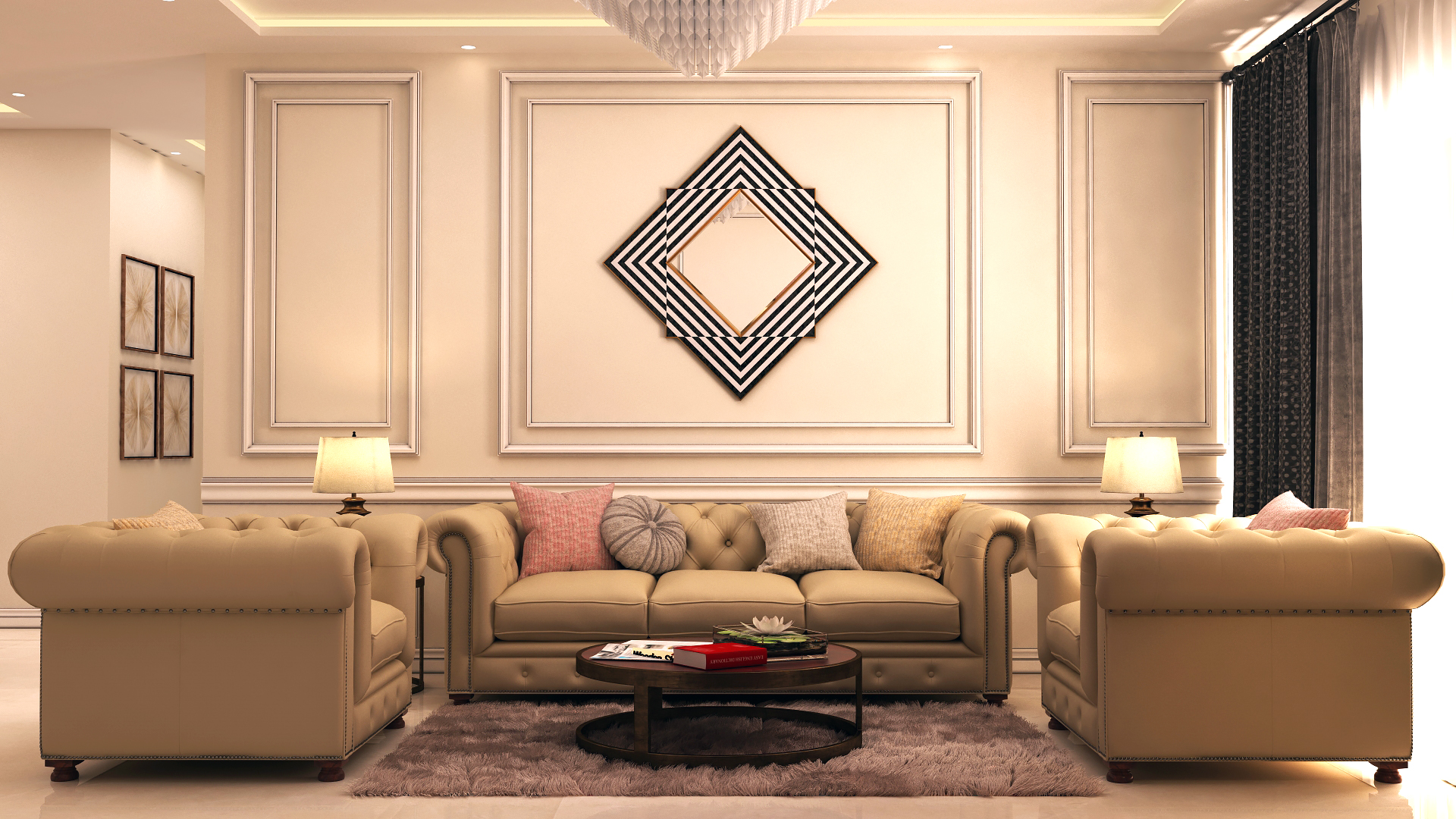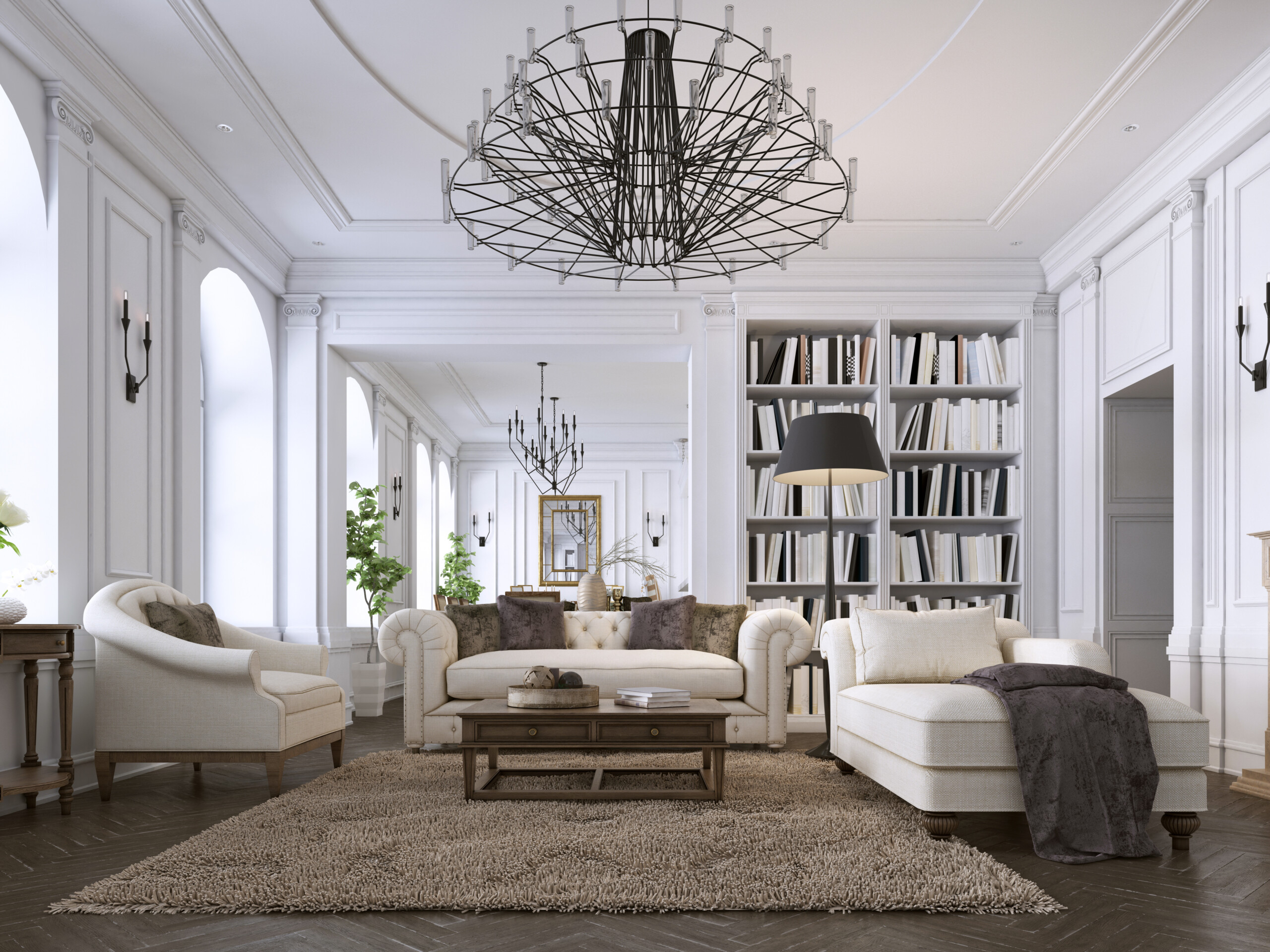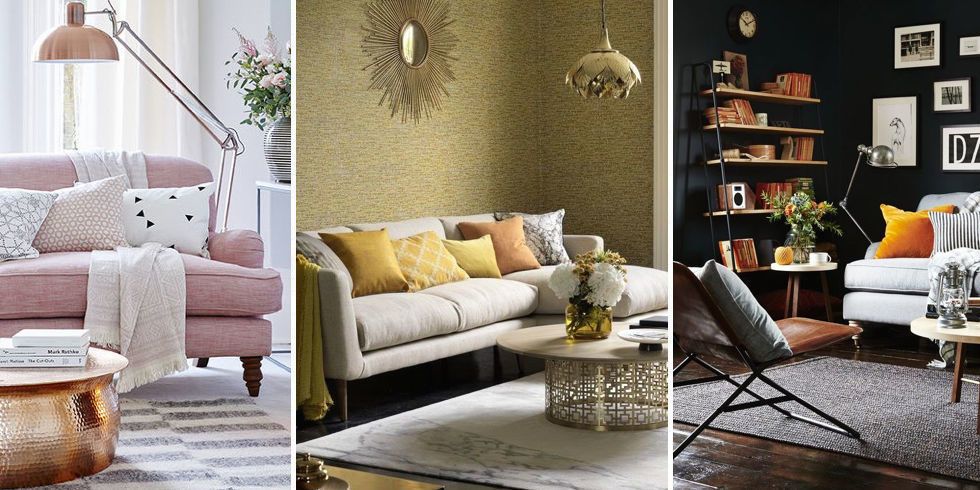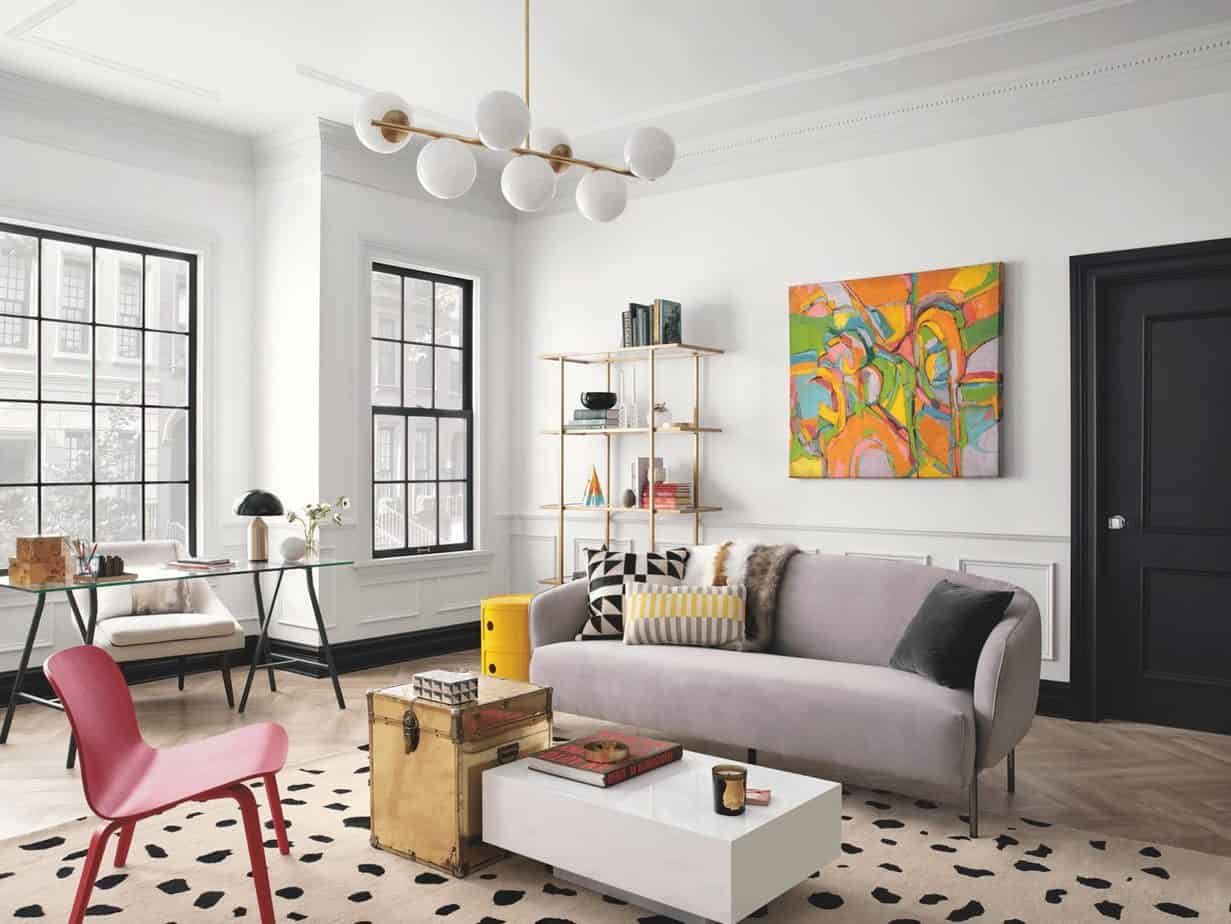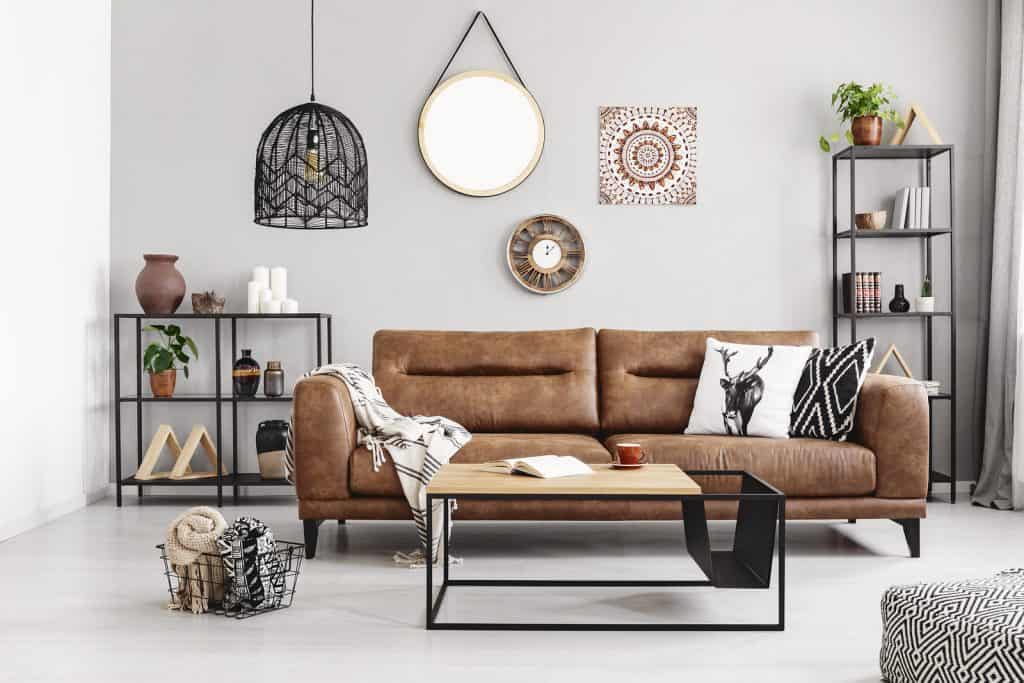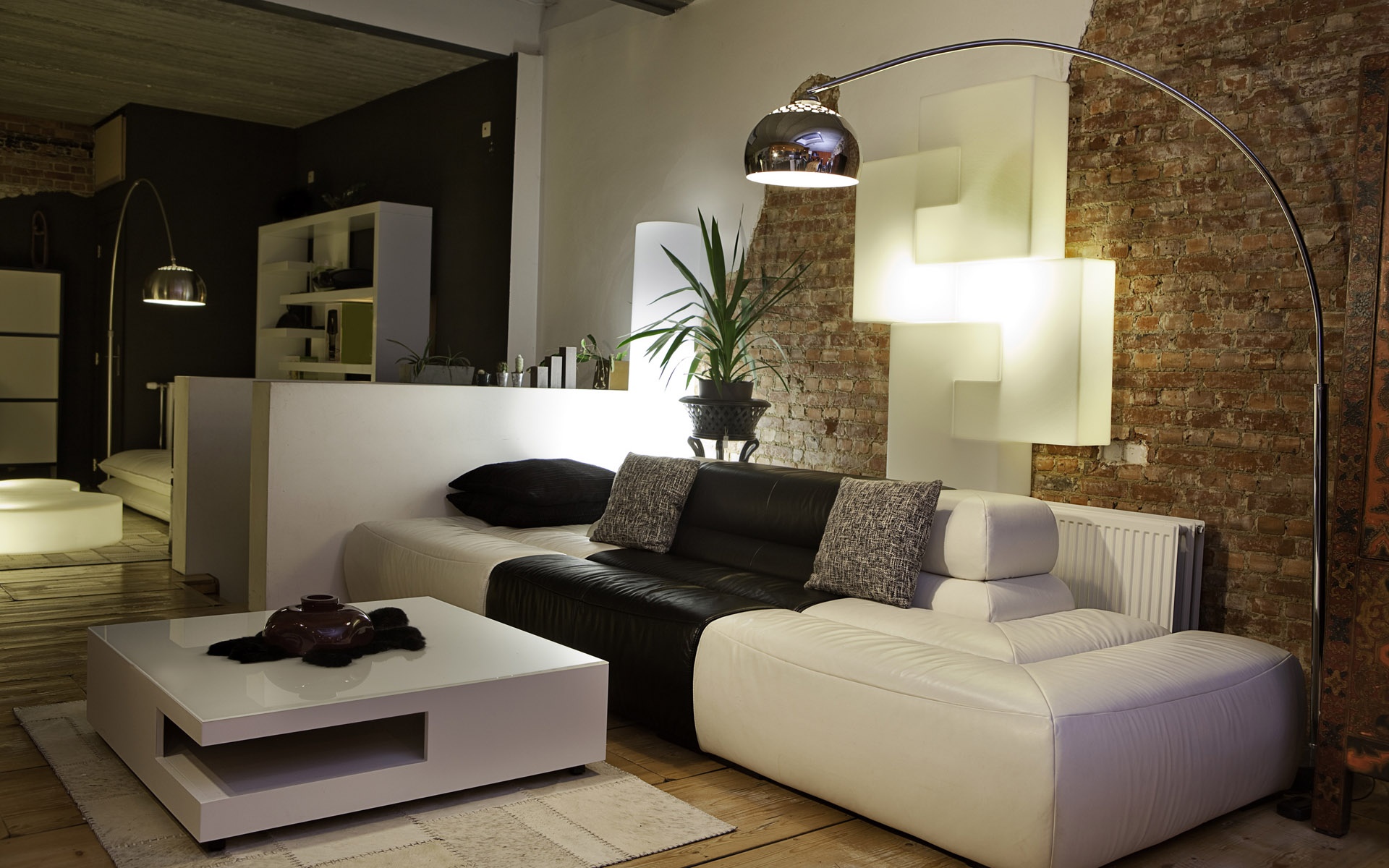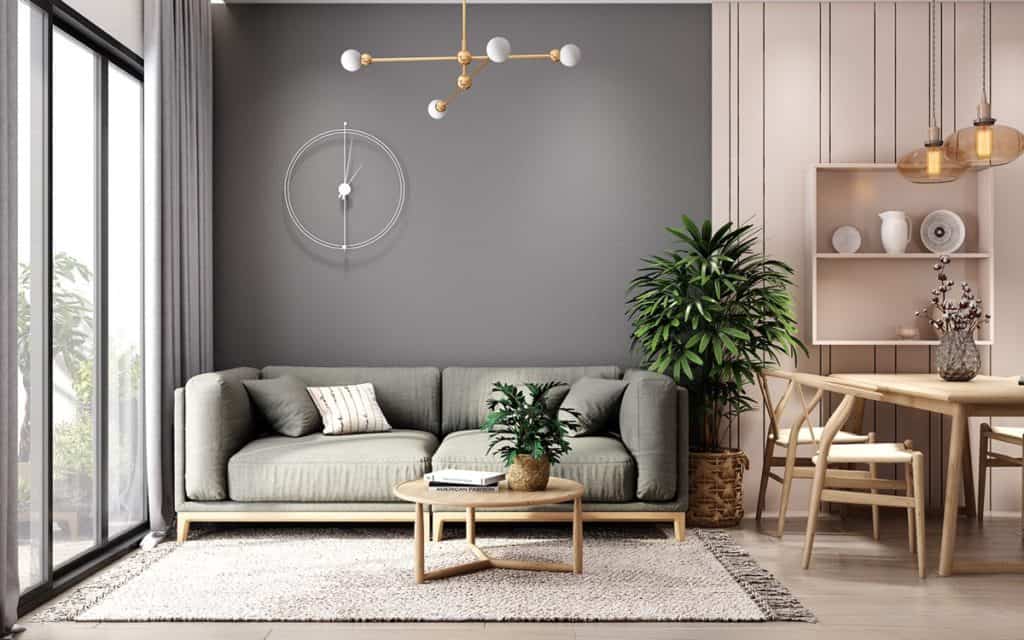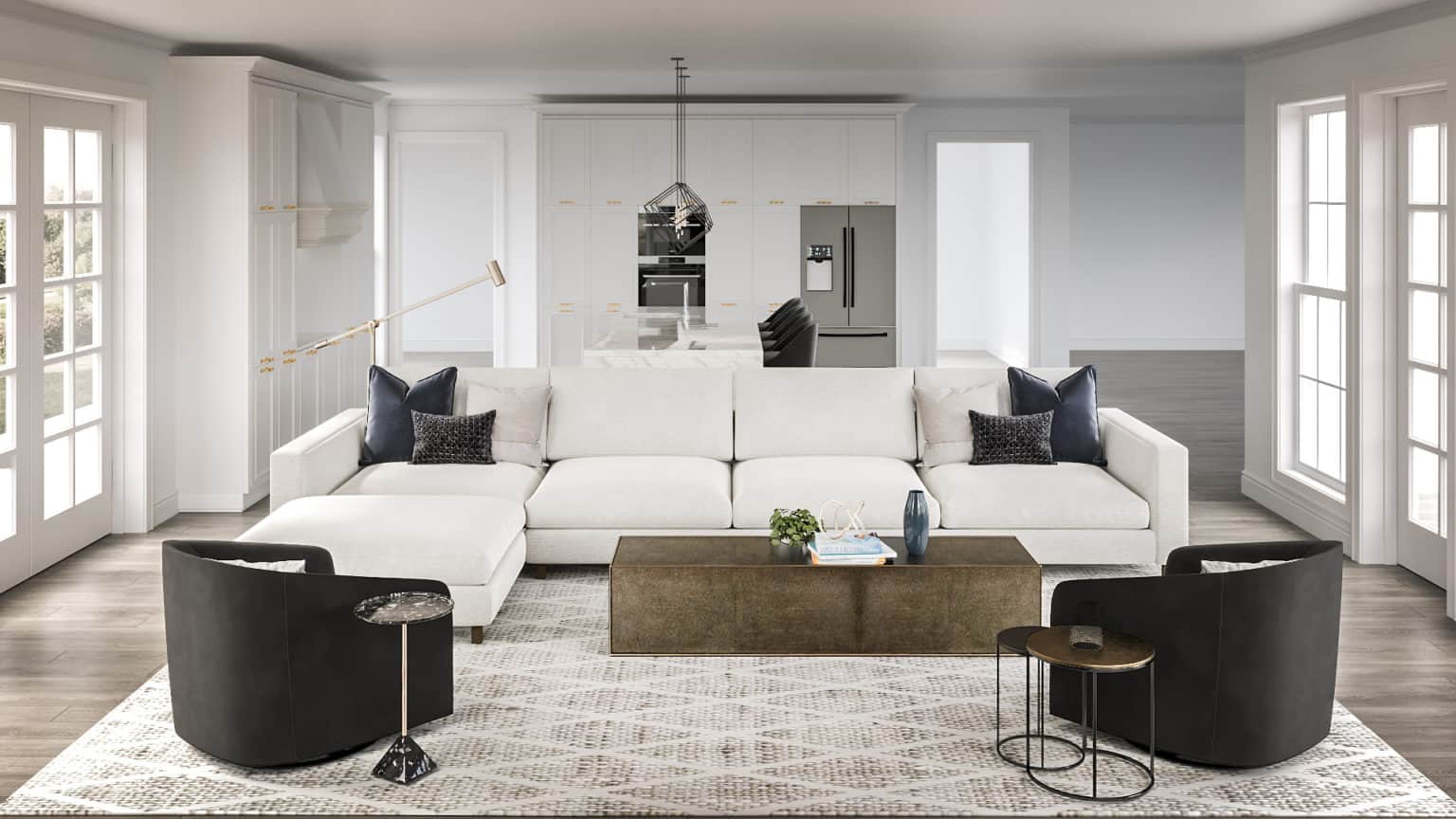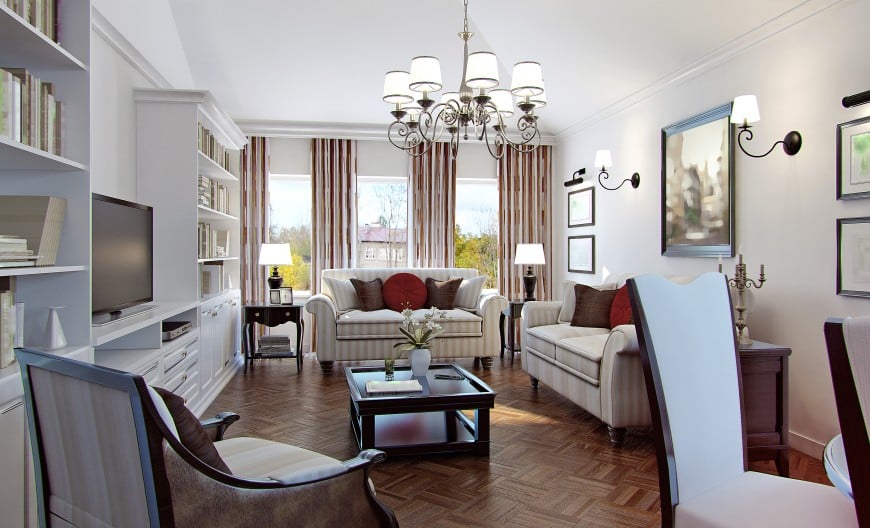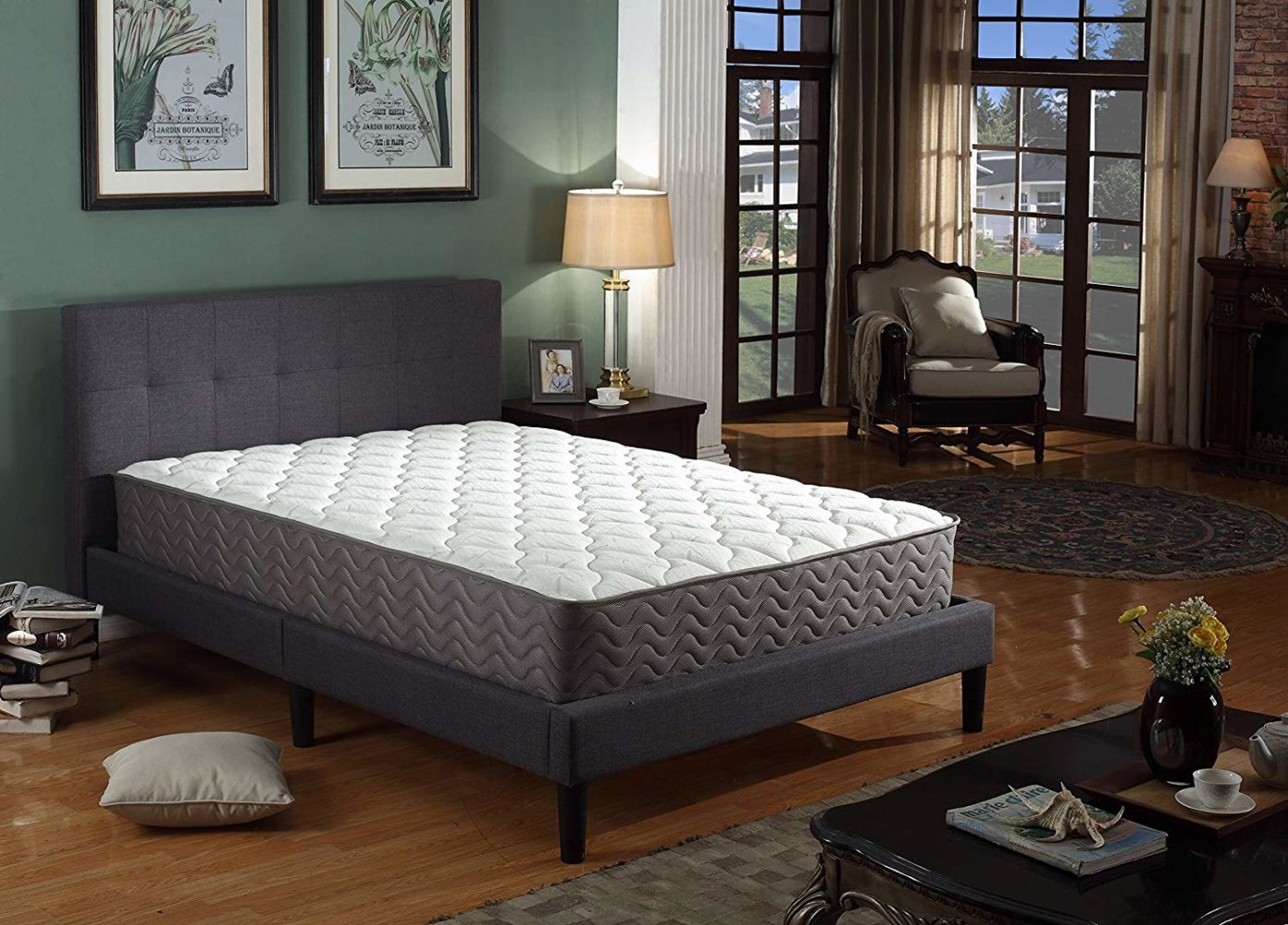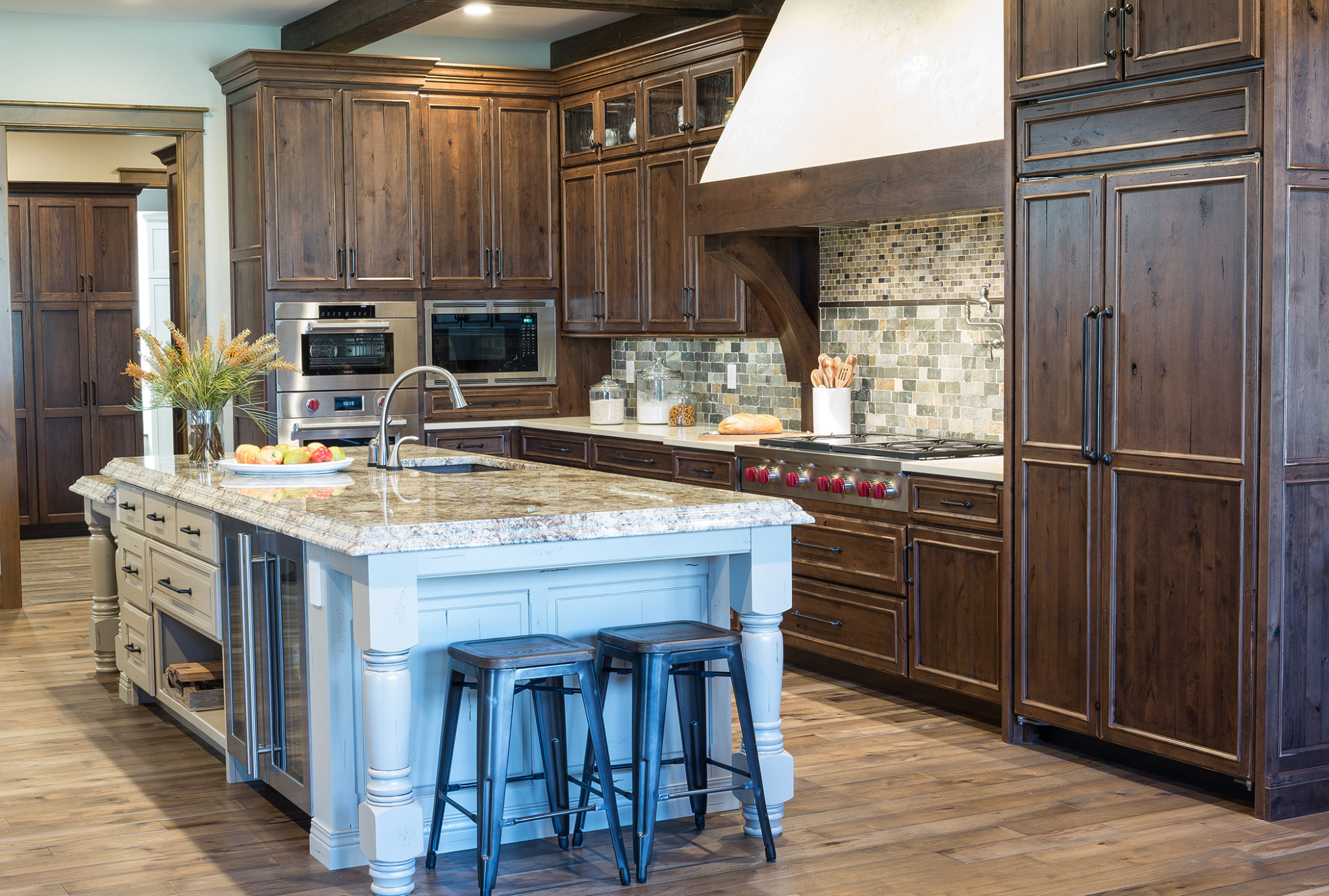Interior design is an important aspect of any living space, and it can greatly impact the overall look and feel of a room. When it comes to designing a living room, there are a few key rules to keep in mind to ensure a cohesive and visually appealing space. In this article, we will discuss the top 10 main interior design rules for a living room that will help you create a stunning and functional space.Interior Design Rules for Living Room
Rule #1: Start with a focal point – When designing a living room, it's important to have a focal point that draws the eye and anchors the room. This could be a fireplace, a large piece of artwork, or a statement piece of furniture. Rule #2: Choose a cohesive color scheme – Color is a powerful tool in interior design, and it's important to choose a color scheme that works well together. Stick to a maximum of three main colors and incorporate different shades and tones for depth and interest. Rule #3: Create balance – Balance is key in creating a visually appealing space. This can be achieved by distributing visual weight throughout the room, such as balancing a large piece of furniture with smaller pieces on the opposite side. Rule #4: Mix textures – Incorporating different textures adds depth and interest to a living room. Opt for a mix of smooth, rough, and plush textures to create a well-rounded and visually appealing space. Rule #5: Consider scale and proportion – When choosing furniture and decor, it's important to consider the scale and proportion of the room. Large pieces of furniture can overwhelm a small space, while small pieces can get lost in a large room.Living Room Design Rules
Tip #1: Don't overcrowd the room – It's important to leave enough space for movement and circulation in a living room. Avoid overcrowding the room with too much furniture and decor, as this can make the space feel cluttered and cramped. Tip #2: Incorporate personal touches – A living room should reflect the personality and style of the homeowner. Incorporate personal touches, such as family photos or sentimental items, to make the space feel more inviting and unique. Tip #3: Use lighting effectively – Lighting plays a crucial role in interior design and can greatly impact the mood and ambiance of a living room. Incorporate a mix of overhead, task, and ambient lighting for a well-lit and functional space. Tip #4: Don't be afraid to mix styles – Mixing different styles can add interest and personality to a living room. Just be sure to maintain a cohesive color scheme and balance in the space. Tip #5: Declutter regularly – Clutter can quickly accumulate in a living room, so it's important to regularly declutter and organize the space. This will not only make the room look neater, but it will also create a more relaxing and peaceful atmosphere.Living Room Interior Design Tips
Do: Choose a comfortable and functional layout – When arranging furniture in a living room, it's important to prioritize comfort and functionality. This will ensure that the space is not only visually appealing, but also practical for everyday use. Do: Incorporate natural elements – Bringing in elements from nature, such as plants or natural materials, can add a sense of calm and tranquility to a living room. Do: Mix patterns and prints – Mixing different patterns and prints can add a playful and whimsical touch to a living room. Just be sure to stick to a cohesive color scheme to avoid a chaotic look. Don't: Neglect the windows – Windows are an important aspect of a living room and should not be overlooked. Choose window treatments that complement the overall design of the room and allow for natural light to flow in. Don't: Go overboard with decor – While it's important to add personal touches to a living room, it's also important not to go overboard with decor. Too many decorative items can make the space feel cluttered and overwhelming. Don't: Forget about functionality – A visually appealing living room is important, but it should also be functional. Make sure there is enough seating, storage, and space to move around comfortably.Living Room Design Do's and Don'ts
Principle #1: Balance – As mentioned before, balance is key in creating a harmonious living room design. This can be achieved through the use of color, texture, and proportion. Principle #2: Harmony – Harmony refers to the overall cohesive look and feel of a living room. This can be achieved by sticking to a consistent color scheme, style, and theme. Principle #3: Rhythm – Rhythm is created through the repetition of elements in a room. This could be through the use of patterns, colors, or decor items. Principle #4: Emphasis – Emphasis refers to the focal point of a room, which draws the eye and creates a sense of visual interest. Principle #5: Proportion and scale – As mentioned before, it's important to consider the proportion and scale of furniture and decor in a living room to create a visually balanced space.Living Room Design Principles
Guideline #1: Consider the function of the room – Before designing a living room, it's important to consider how the space will be used. This will help determine the layout, furniture, and decor choices. Guideline #2: Stick to a budget – It's easy to get carried away with expensive furniture and decor, but it's important to stick to a budget. Prioritize essential items and splurge on a few statement pieces. Guideline #3: Follow your personal style – While it's important to consider design principles and guidelines, ultimately, your living room should reflect your personal style and taste. Guideline #4: Don't be afraid to experiment – Designing a living room is a process, and it's okay to make changes and experiment with different layouts and decor until you find the perfect balance. Guideline #5: Seek inspiration – There are plenty of resources, such as interior design magazines and websites, that can provide inspiration and ideas for your living room design.Living Room Design Guidelines
Mistake #1: Choosing the wrong size furniture – It's important to measure your living room and choose furniture that fits the space appropriately. Oversized furniture can make a small room feel even smaller, while small furniture can get lost in a large room. Mistake #2: Ignoring the flow of the room – The layout of a living room should allow for easy movement and flow. Avoid placing furniture in a way that obstructs pathways or makes the room feel cramped. Mistake #3: Neglecting lighting – As mentioned before, lighting can greatly impact the look and feel of a living room. Don't rely solely on overhead lighting; incorporate a mix of different lighting sources for a well-lit and inviting space. Mistake #4: Not considering the size and scale of decor – When choosing decor items, it's important to consider their size and scale in relation to the furniture and overall space. Too many small items can make a room feel cluttered, while large items can overwhelm a small room. Mistake #5: Forgetting about functionality – While aesthetics are important, a living room should also be functional and practical for everyday use. Don't sacrifice comfort and functionality for the sake of design.Living Room Design Mistakes to Avoid
Idea #1: Create a cozy reading nook – If you have a corner in your living room that's not being utilized, consider turning it into a cozy reading nook with a comfortable chair, a side table, and a floor lamp. Idea #2: Incorporate a gallery wall – A gallery wall is a great way to add interest and personality to a living room. Mix and match different frames and artwork for a unique and eye-catching display. Idea #3: Add a pop of color – If your living room design is lacking color, consider incorporating a bold and vibrant accent color through pillows, artwork, or a statement piece of furniture. Idea #4: Create a focal point with a statement rug – A large and colorful rug can serve as a focal point in a living room and tie the whole design together. Just be sure to choose a rug that fits the size and style of the room. Idea #5: Incorporate natural elements – Bringing in elements from nature, such as plants or natural materials, can add a sense of warmth and tranquility to a living room.Living Room Design Ideas
Inspiration #1: Scandinavian design – This design style is characterized by its minimalism, functionality, and use of natural materials. Opt for a neutral color palette with pops of color and incorporate cozy textures for a warm and inviting living room. Inspiration #2: Bohemian design – Bohemian design is a mix of different patterns, textures, and colors for a playful and eclectic look. Incorporate elements from different cultures and add personal touches for a unique and cozy living room. Inspiration #3: Industrial design – Industrial design is characterized by its use of raw materials, such as metal and wood, and its exposed structural elements. Incorporate industrial elements, such as metal chairs or a reclaimed wood coffee table, for a modern and edgy living room. Inspiration #4: Coastal design – Coastal design is all about creating a relaxed and beachy atmosphere. Incorporate natural materials, such as wicker and rattan, and a color palette inspired by the ocean for a serene and inviting living room. Inspiration #5: Mid-century modern design – This design style is characterized by its clean lines, organic shapes, and use of natural materials, such as wood and leather. Incorporate mid-century modern furniture and decor for a sleek and timeless living room design.Living Room Design Inspiration
Trend #1: Earth tones – Earthy and natural colors, such as shades of green, brown, and beige, are becoming increasingly popular in living room design. These colors create a warm and inviting atmosphere and pair well with a variety of decor styles. Trend #2: Sustainable materials – With a growing focus on sustainability, more and more homeowners are incorporating eco-friendly materials, such as bamboo and recycled wood, into their living room design. Trend #3: Multi-functional furniture – As living spaces become smaller, there is a growing demand for furniture that can serve multiple purposes. Think coffee tables with hidden storage or sofas that can transform into a bed. Trend #4: Biophilic design – Biophilic design is all about incorporating elements of nature into interior spaces. This trend can be seen in living rooms through the use of natural materials, greenery, and natural light. Trend #5: Maximalism – After years of minimalism dominating interior design, maximalism is making a comeback. This trend is all about bold and eclectic design, incorporating multiple patterns, colors, and textures for a playful and whimsical look. By following these top 10 main interior design rules for a living room, you can create a space that is not only visually appealing but also functional and reflective of your personal style. Don't be afraid to experiment and incorporate your own unique touches to make your living room a true reflection of your personality and taste.Living Room Design Trends
Creating a Cohesive Color Scheme
 When it comes to interior design, color is a powerful tool that can completely transform a space. The living room is often the heart of a home, where families gather and guests are entertained. Therefore, it's important to choose a color scheme that reflects the overall style and mood you want to create.
Neutral colors
such as white, beige, and gray are a popular choice for living rooms as they create a calming and versatile backdrop for any design style. However, don't be afraid to add pops of
bold colors
through accents, such as throw pillows, rugs, or artwork, to add personality and visual interest to the room.
When it comes to interior design, color is a powerful tool that can completely transform a space. The living room is often the heart of a home, where families gather and guests are entertained. Therefore, it's important to choose a color scheme that reflects the overall style and mood you want to create.
Neutral colors
such as white, beige, and gray are a popular choice for living rooms as they create a calming and versatile backdrop for any design style. However, don't be afraid to add pops of
bold colors
through accents, such as throw pillows, rugs, or artwork, to add personality and visual interest to the room.
Make sure to keep the color scheme consistent throughout the space to create a cohesive and harmonious look.

Maximizing Natural Light
 Natural light not only makes a room feel brighter and more spacious, but it also has numerous health benefits.
Large windows or glass doors
are ideal for bringing in natural light, but if your living room lacks these features, there are other ways to maximize the amount of sunlight in the space.
Light-colored curtains or blinds
can help to reflect light into the room, while
mirrors
placed strategically can also help to bounce light around the space.
Natural light not only makes a room feel brighter and more spacious, but it also has numerous health benefits.
Large windows or glass doors
are ideal for bringing in natural light, but if your living room lacks these features, there are other ways to maximize the amount of sunlight in the space.
Light-colored curtains or blinds
can help to reflect light into the room, while
mirrors
placed strategically can also help to bounce light around the space.
Remember to avoid heavy, dark curtains and furniture that can block natural light from entering the room.
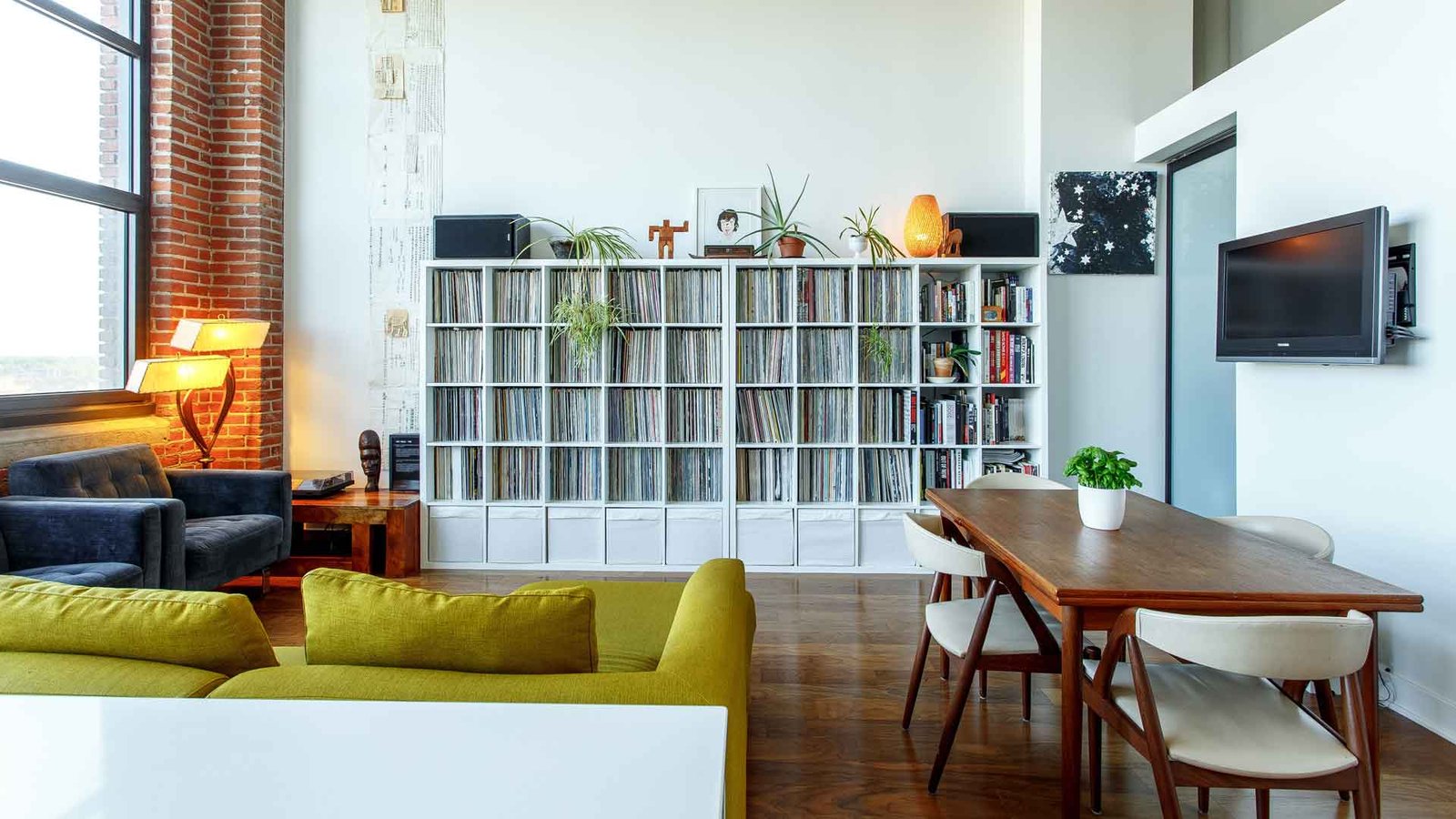
Choosing the Right Furniture
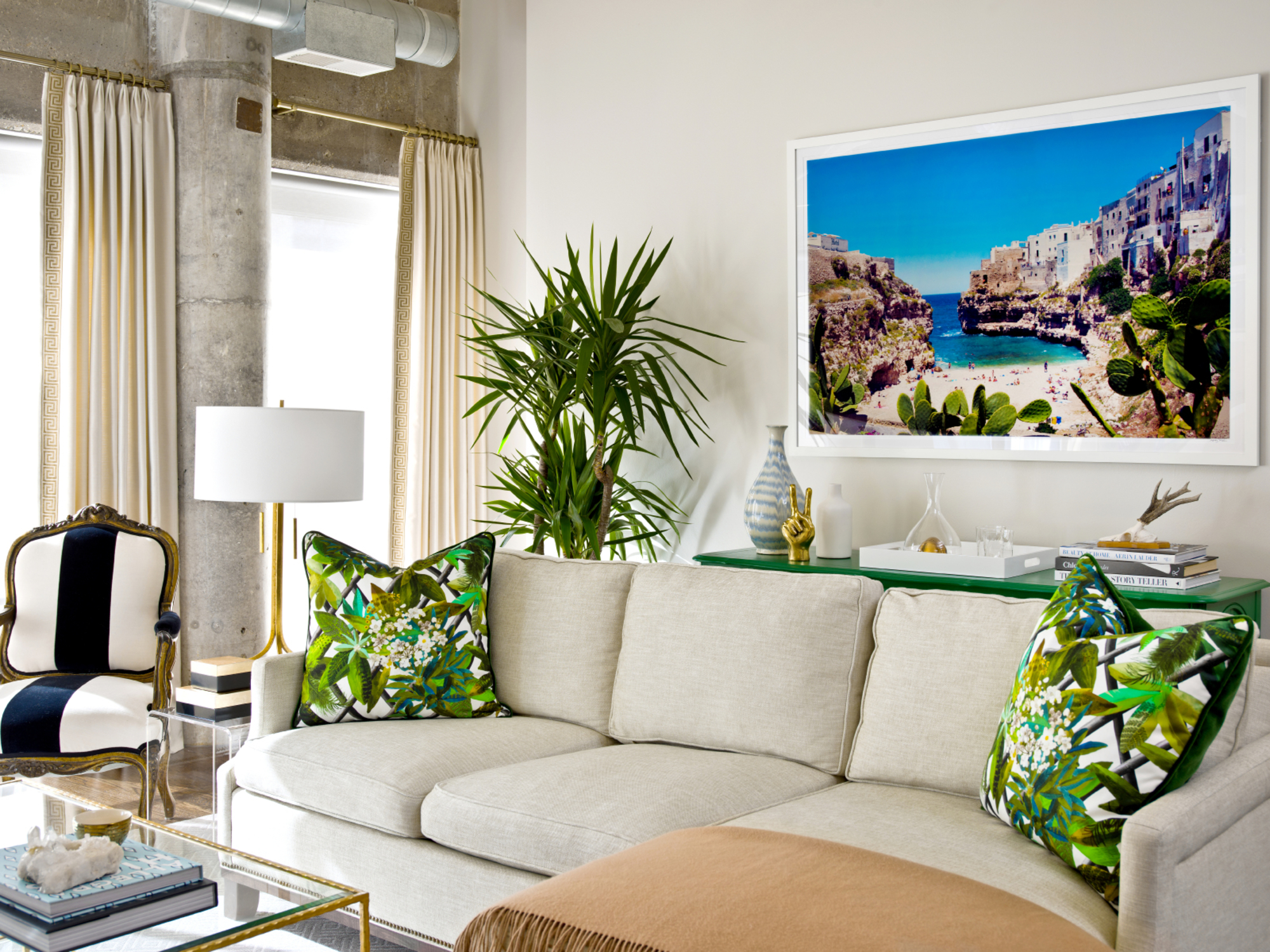 The living room is often a multifunctional space, used for lounging, entertaining, and even working. Therefore, it's important to choose
comfortable and functional furniture
that fits the size and layout of the room. Start by measuring the space and considering the traffic flow before selecting your furniture.
Sofas and chairs
should be arranged in a way that promotes conversation and allows for easy movement.
Coffee tables and side tables
should be placed within reach of seating areas.
The living room is often a multifunctional space, used for lounging, entertaining, and even working. Therefore, it's important to choose
comfortable and functional furniture
that fits the size and layout of the room. Start by measuring the space and considering the traffic flow before selecting your furniture.
Sofas and chairs
should be arranged in a way that promotes conversation and allows for easy movement.
Coffee tables and side tables
should be placed within reach of seating areas.
Remember to also consider the style and color of the furniture to ensure it complements the overall design and color scheme of the room.

In conclusion, when designing your living room, it's important to focus on creating a cohesive color scheme, maximizing natural light, and choosing the right furniture. By following these interior design rules, you can create a beautiful and functional living room that reflects your personal style and meets the needs of your family and guests.



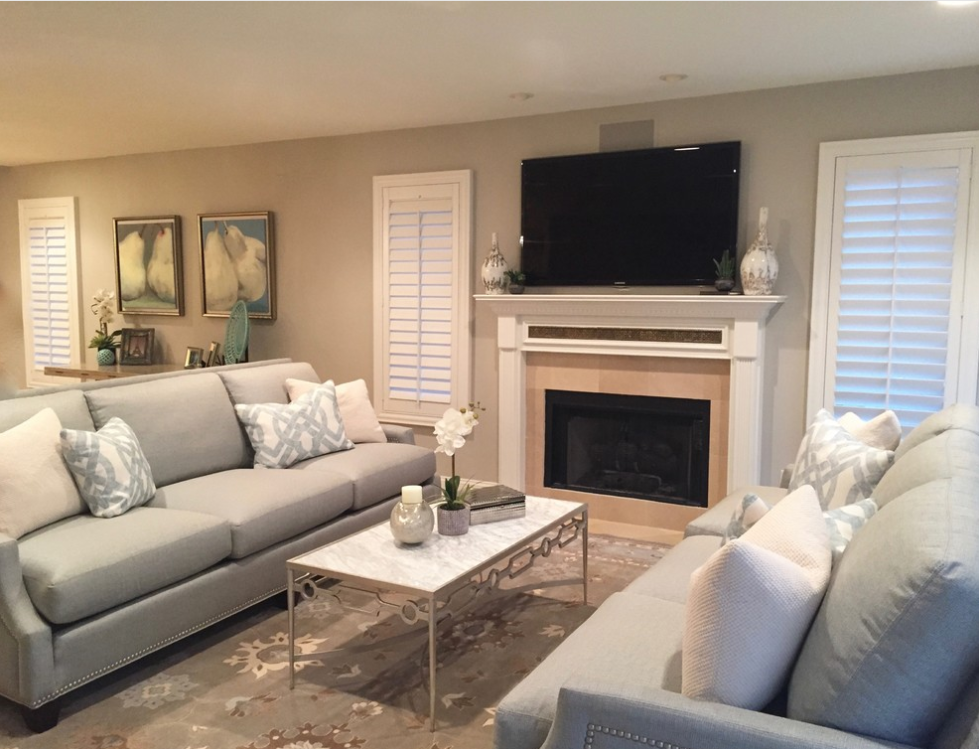






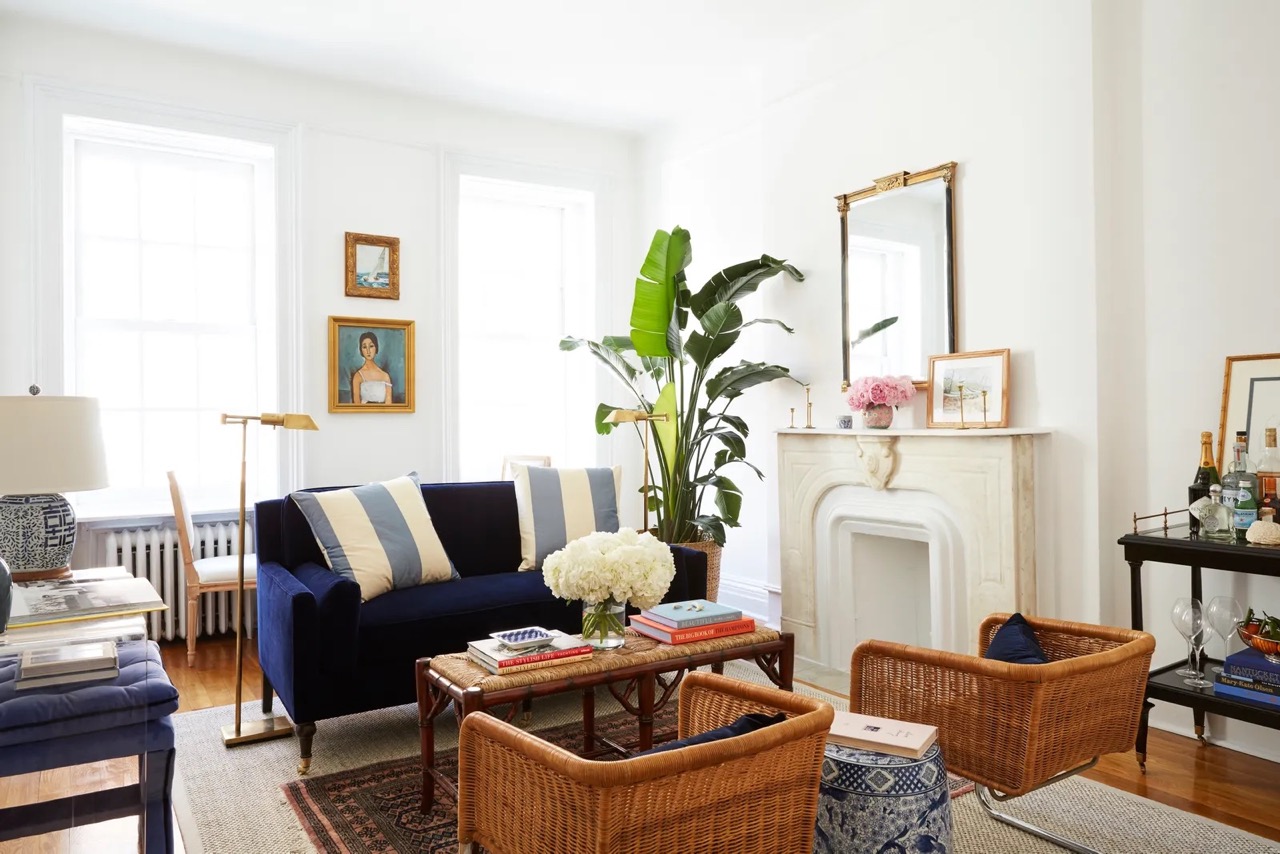
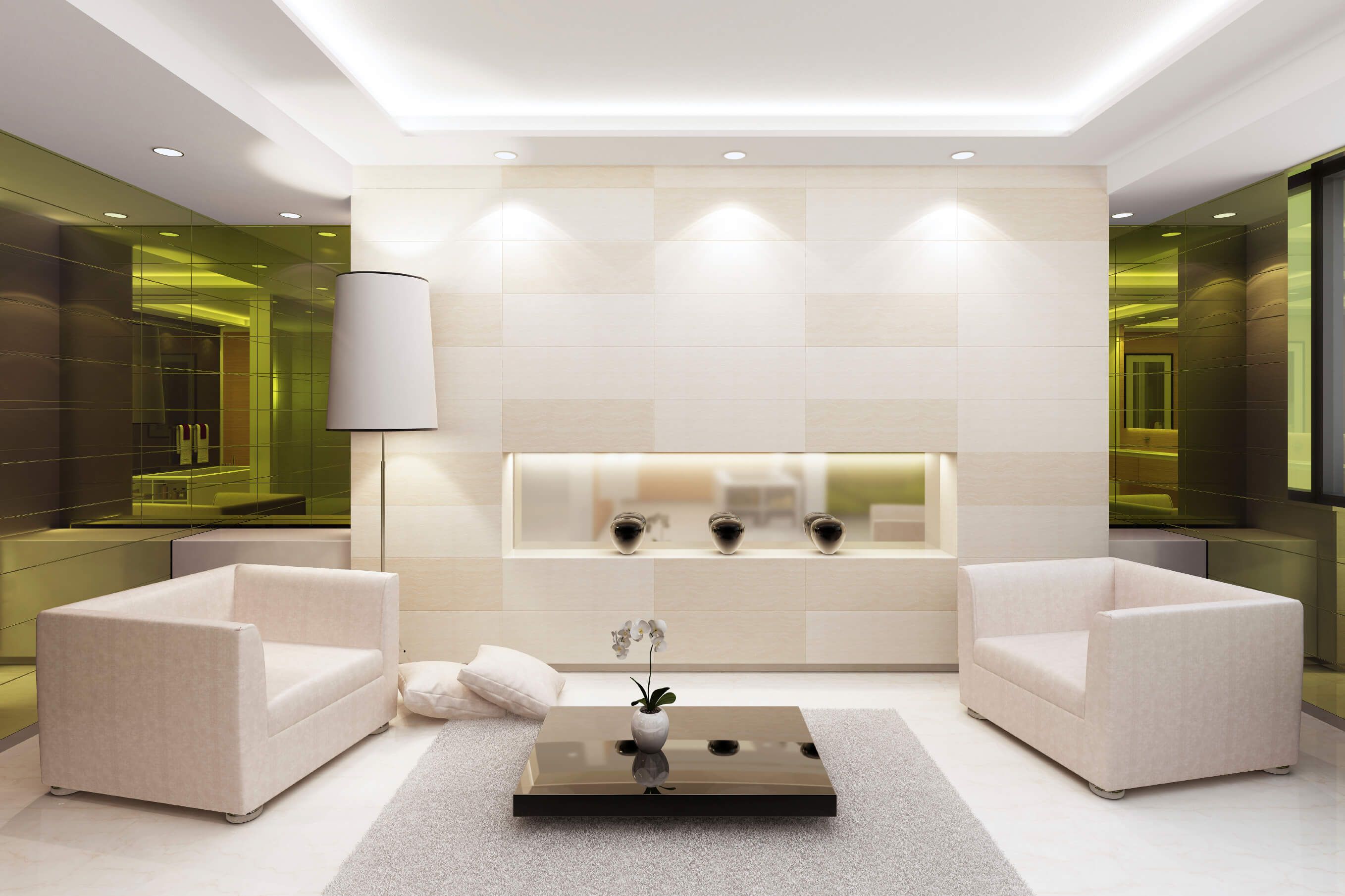
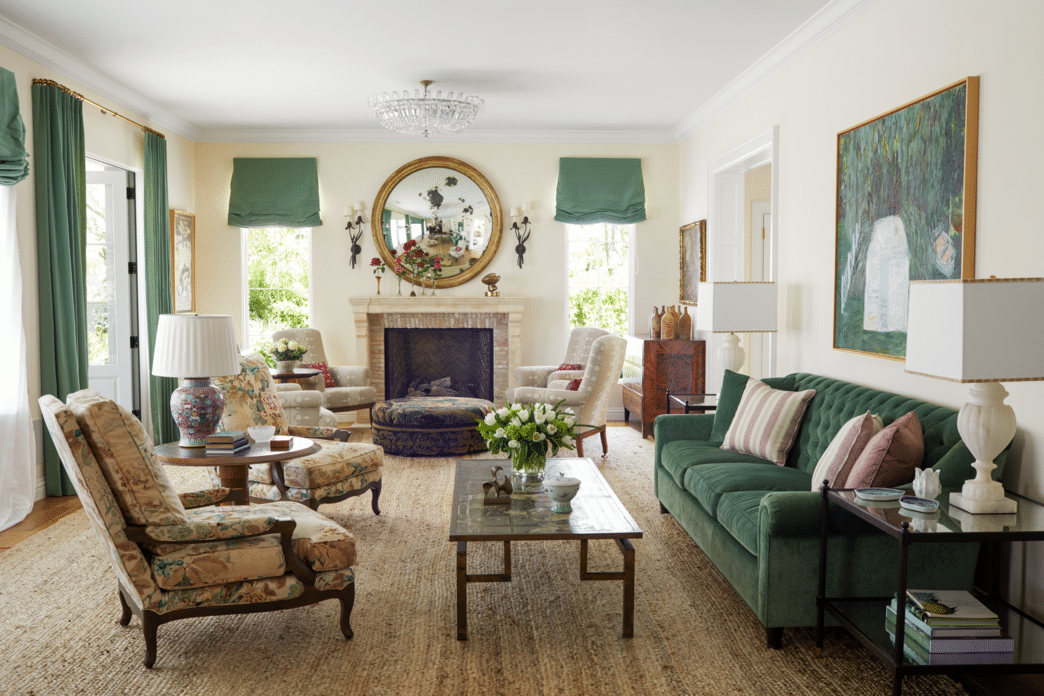






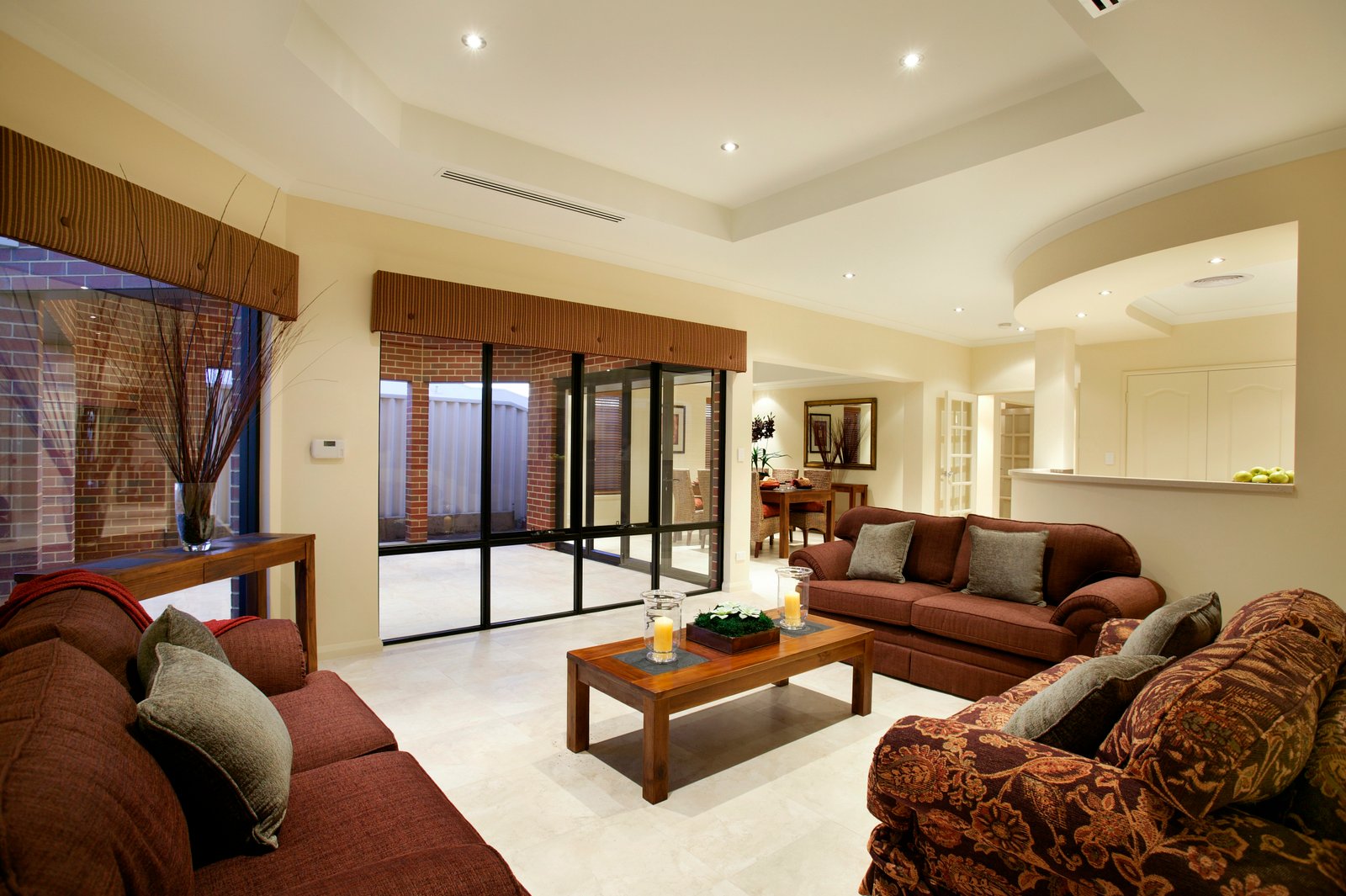

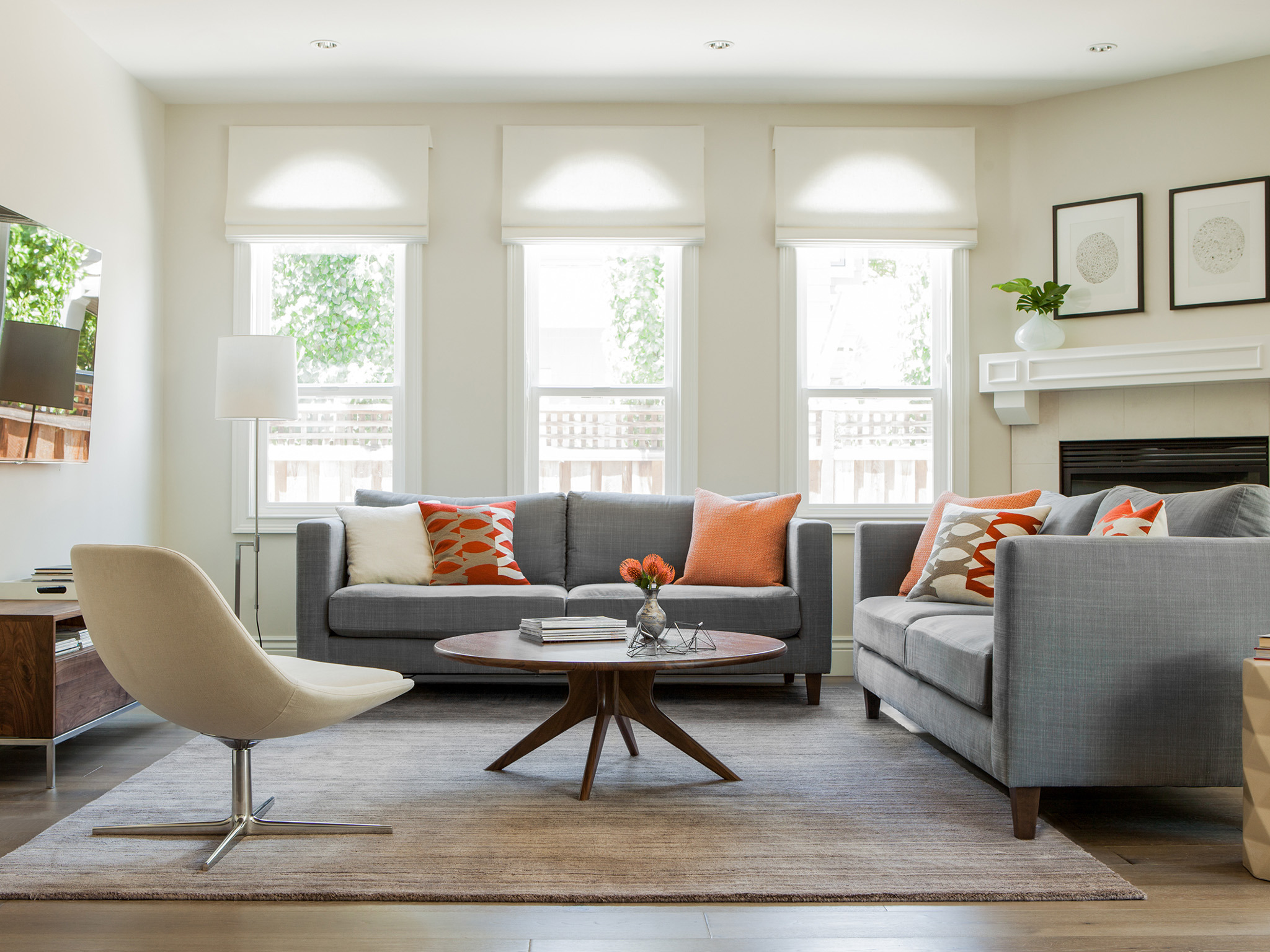
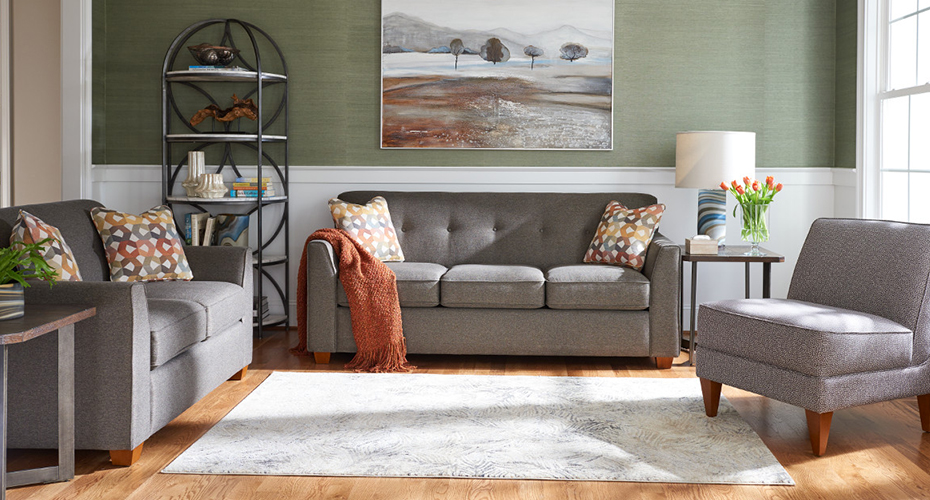

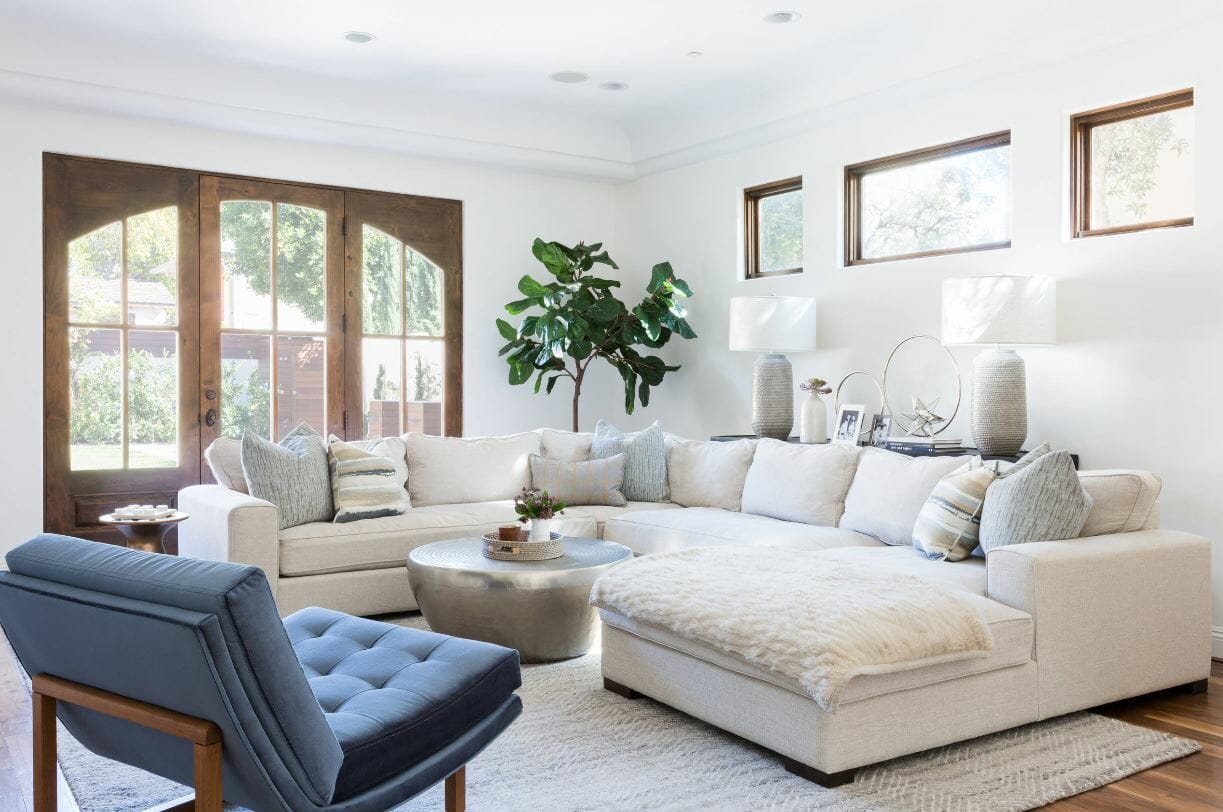
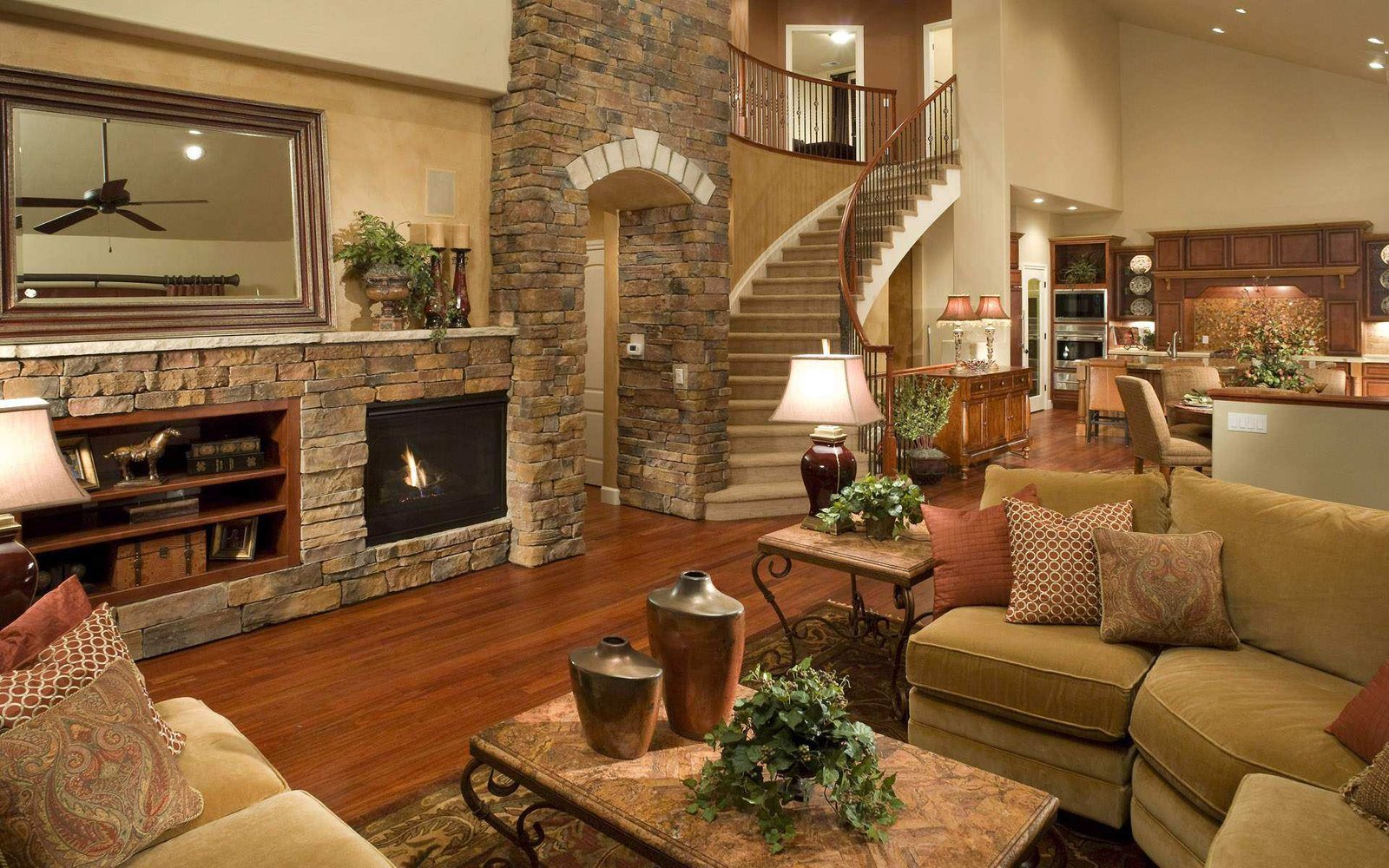












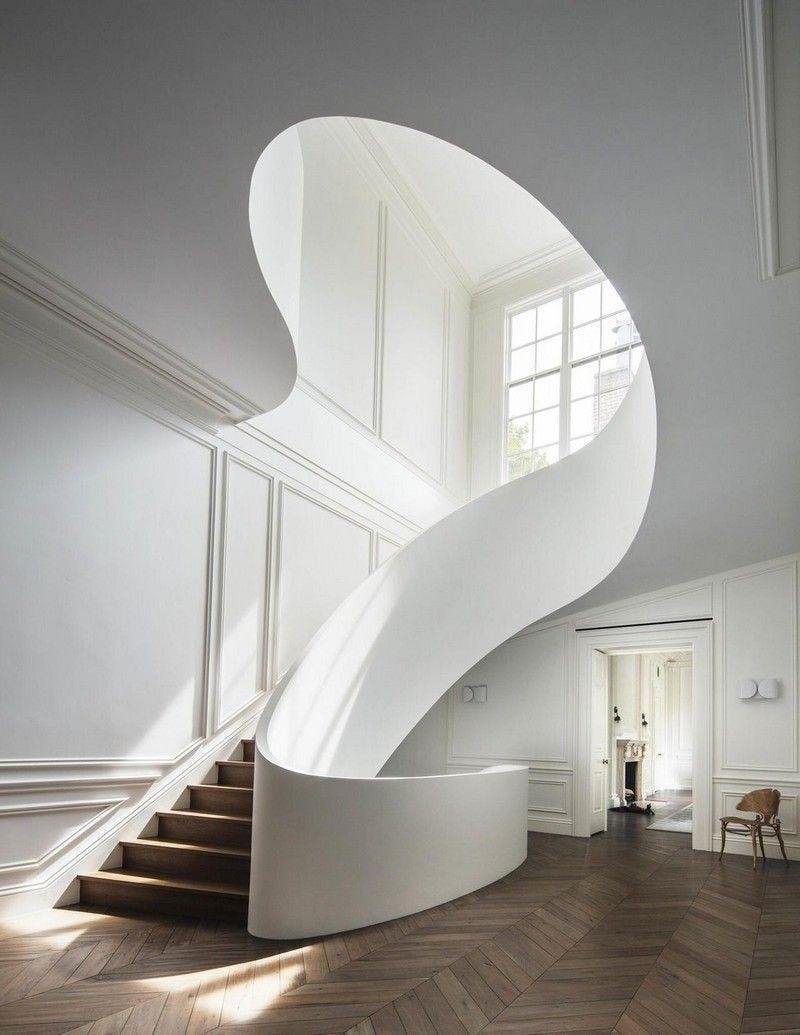


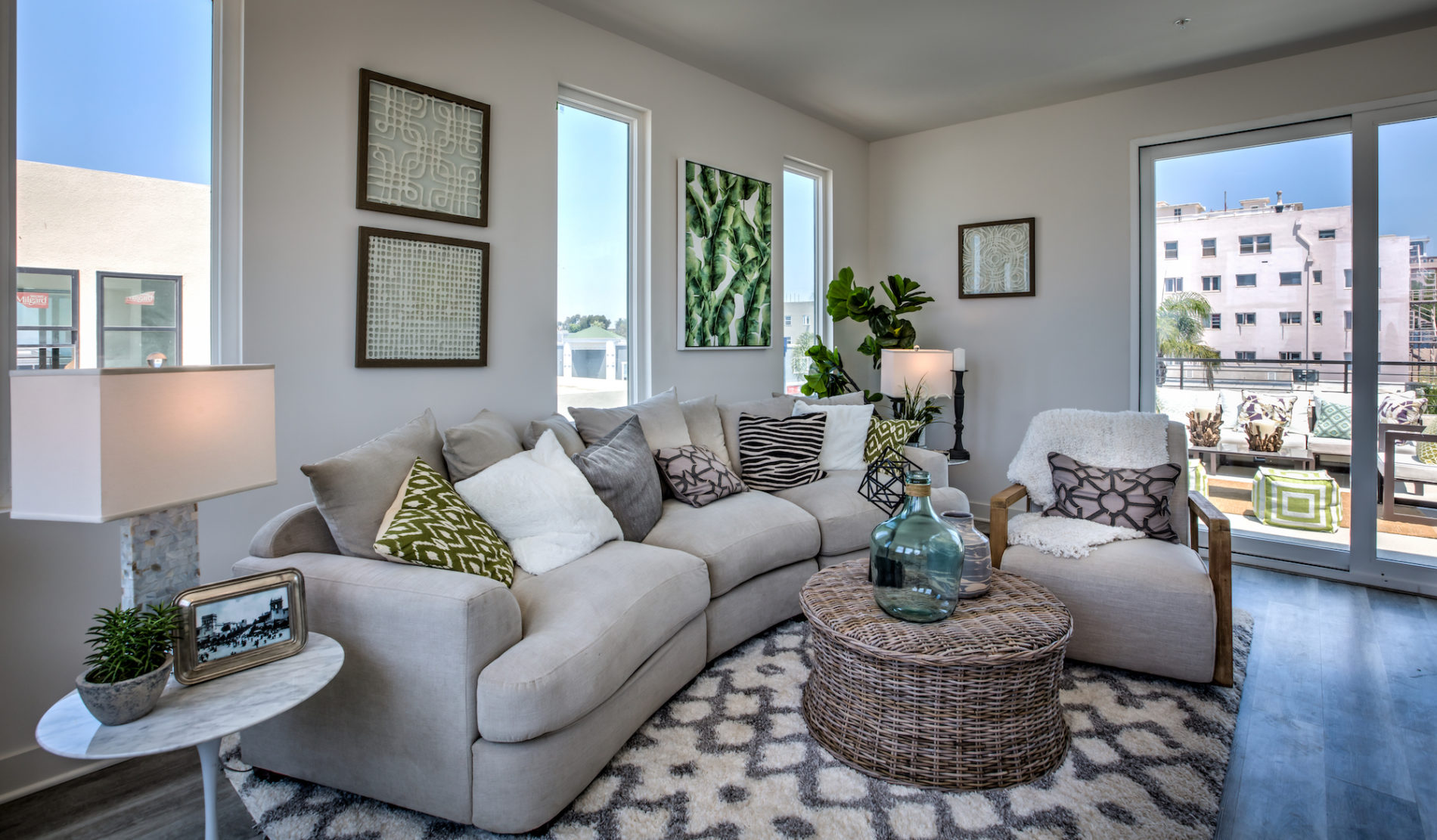


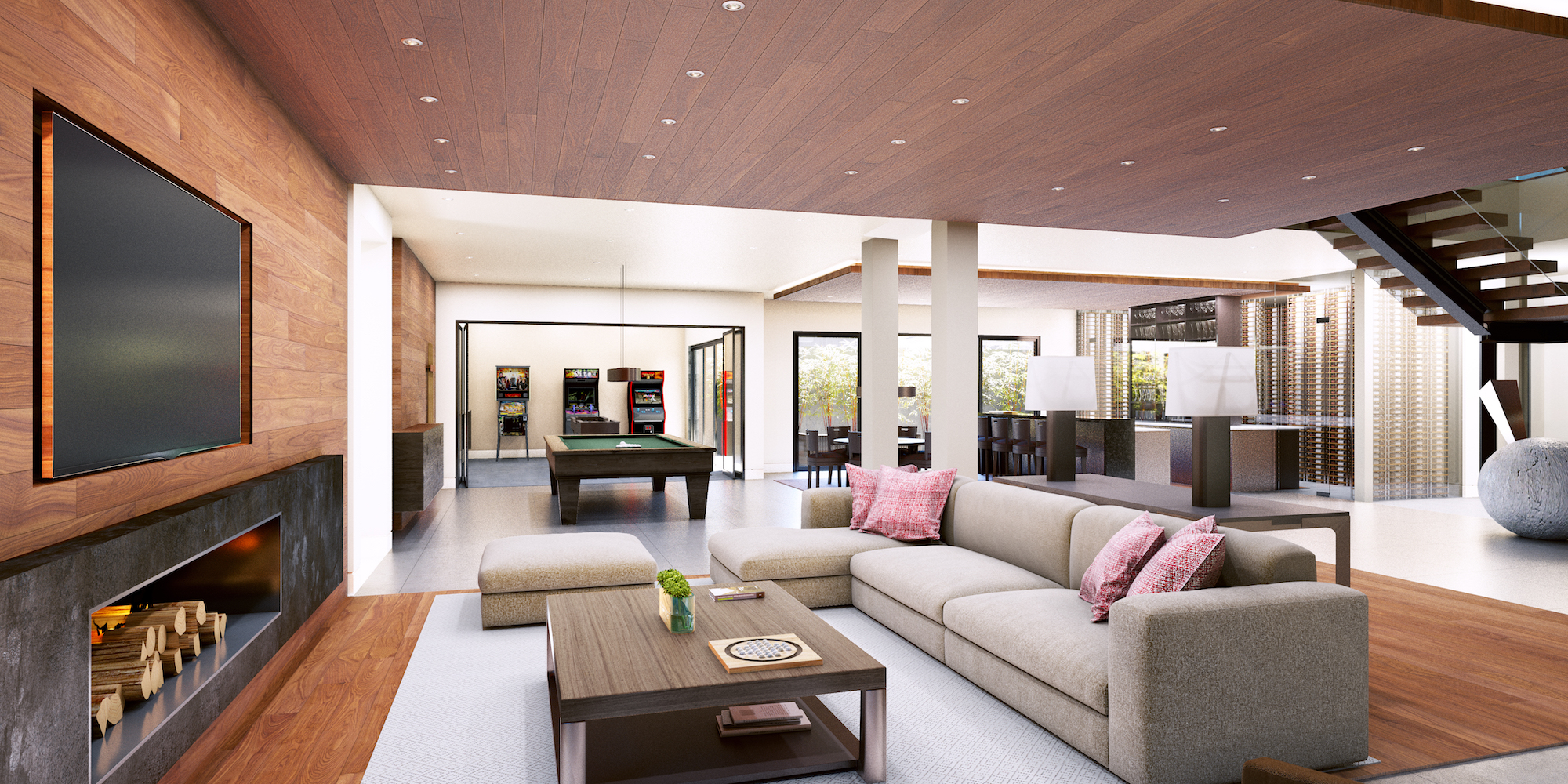

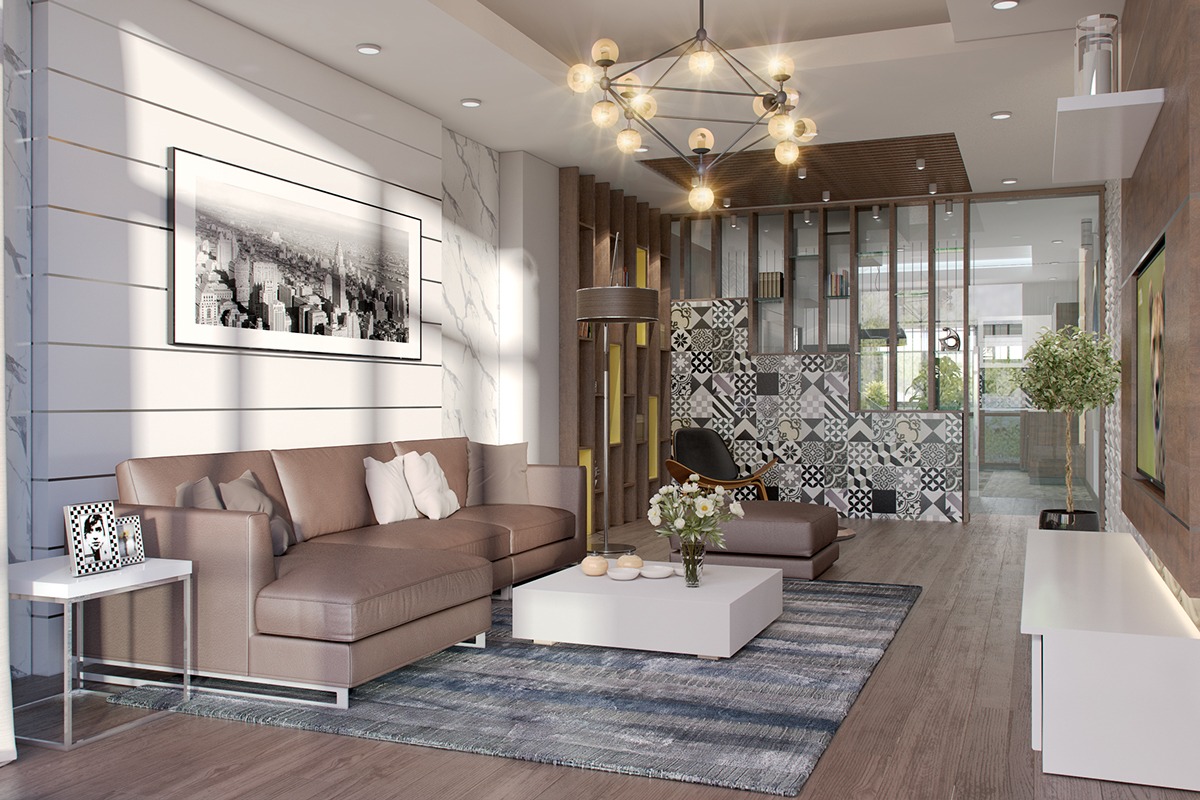





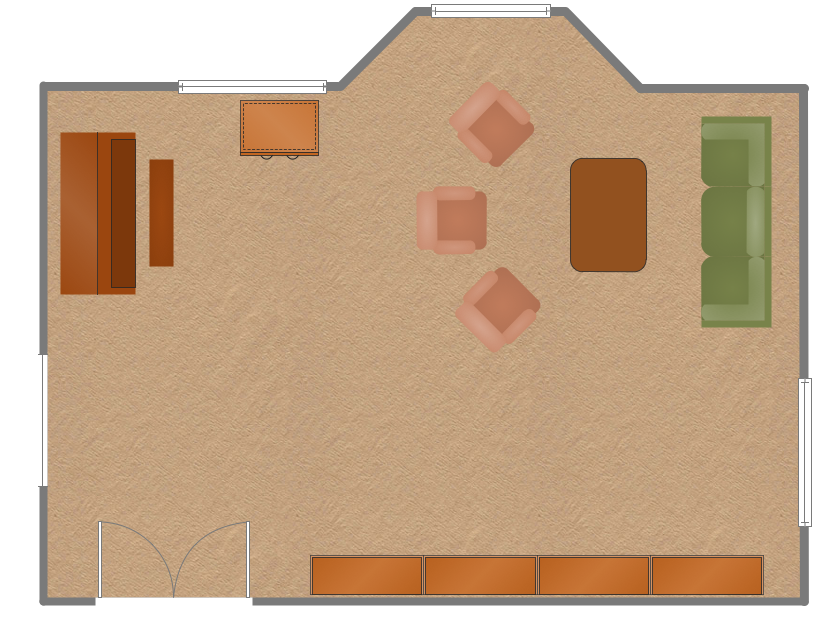

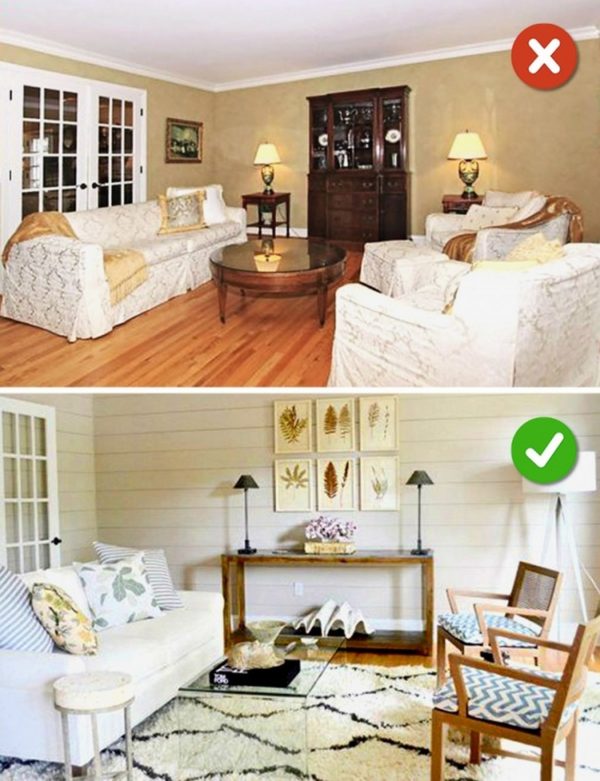





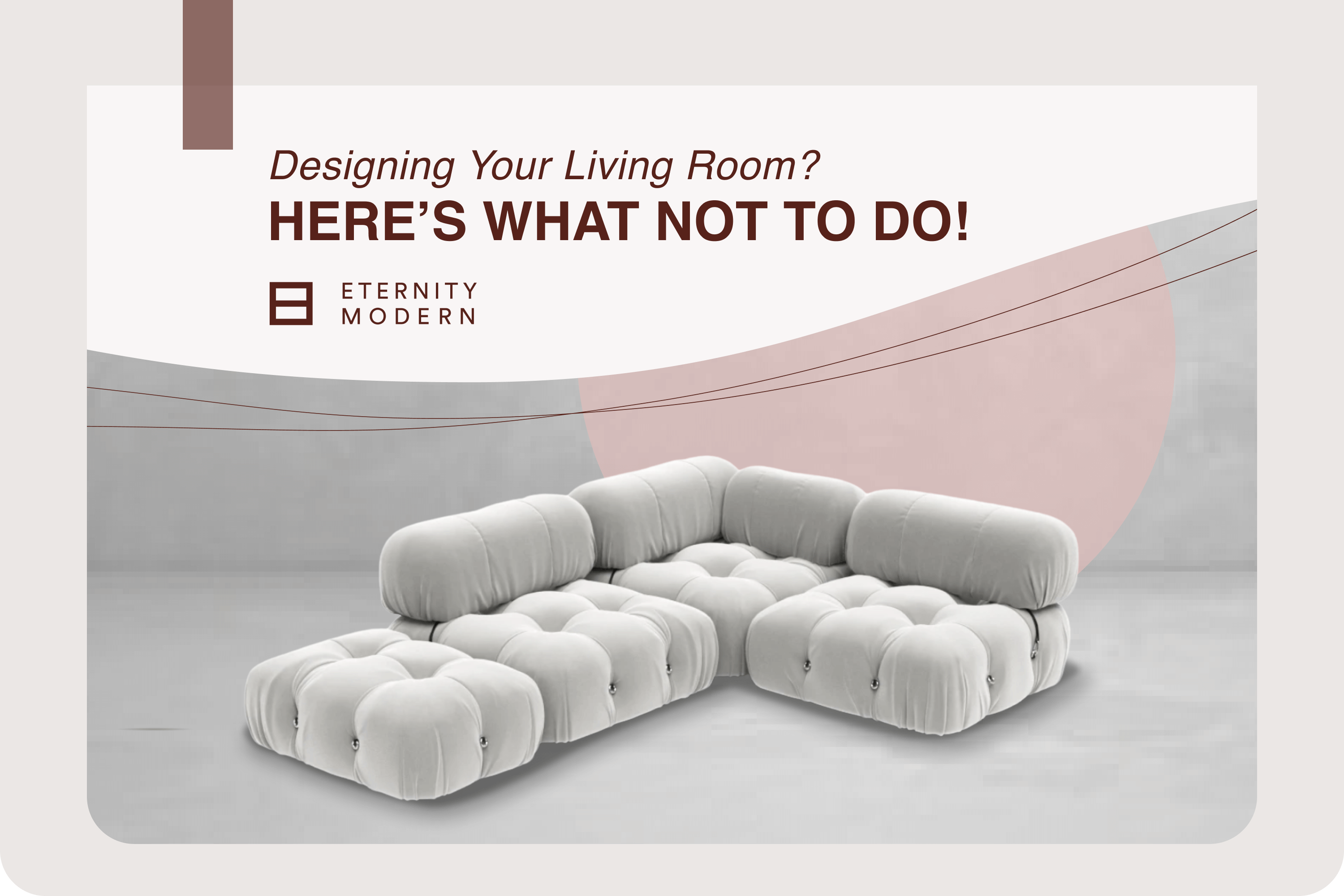


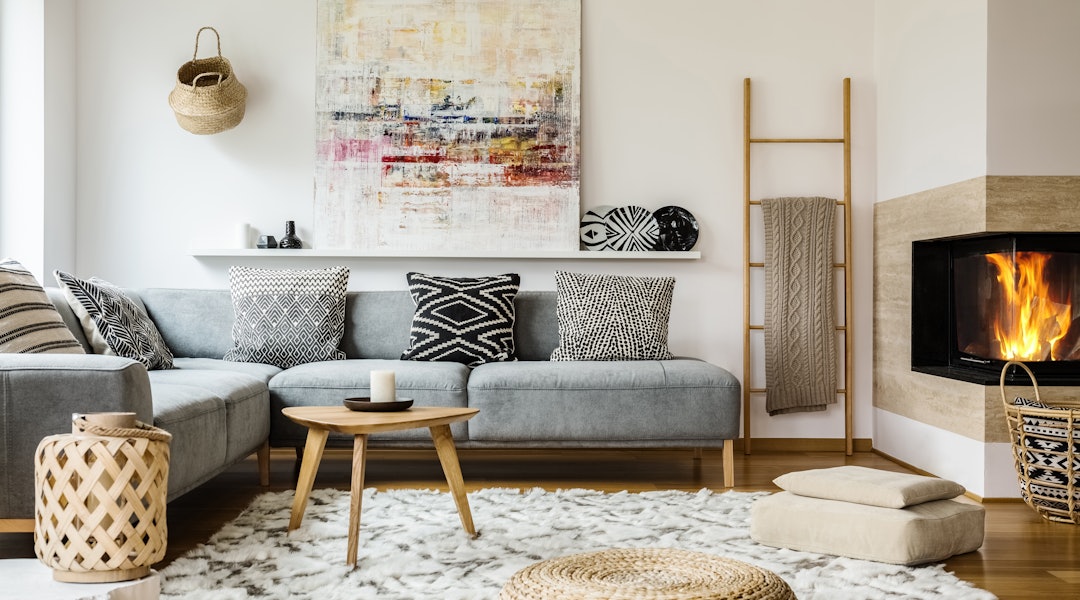



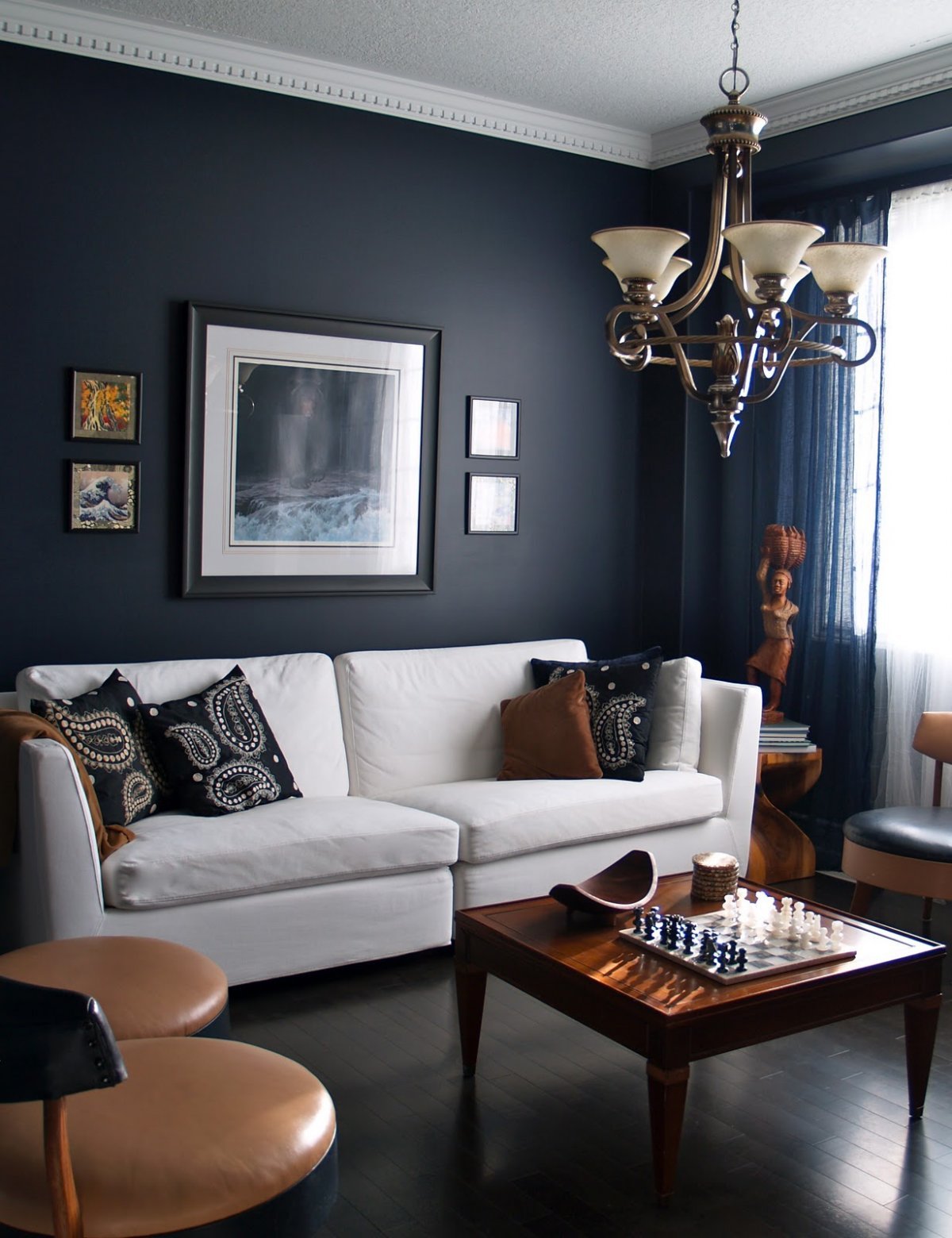


.jpg)
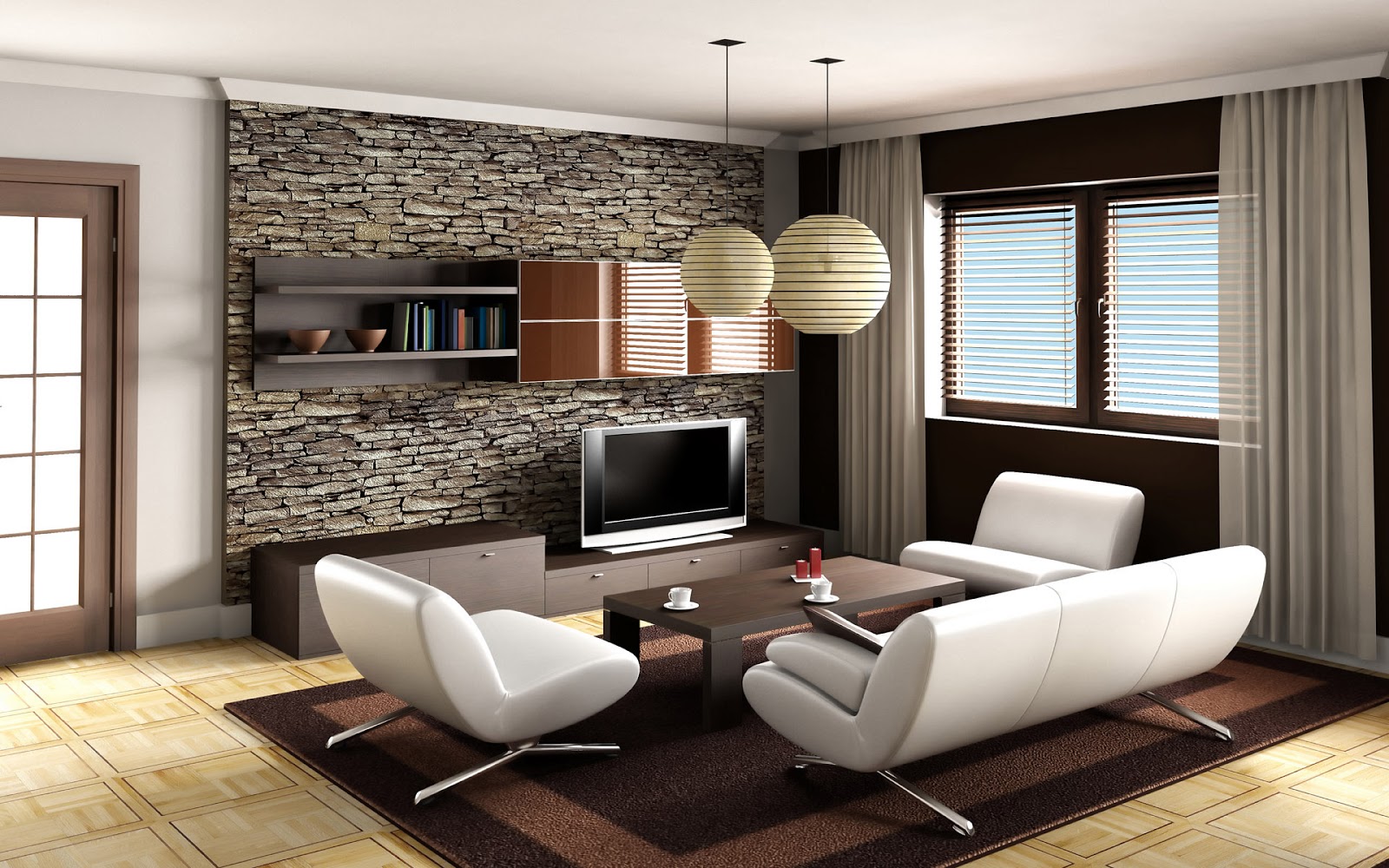

/modern-living-room-design-ideas-4126797-hero-a2fd3412abc640bc8108ee6c16bf71ce.jpg)

